Visiting With Brian, Jan And Greg (Page Two)

We made it!
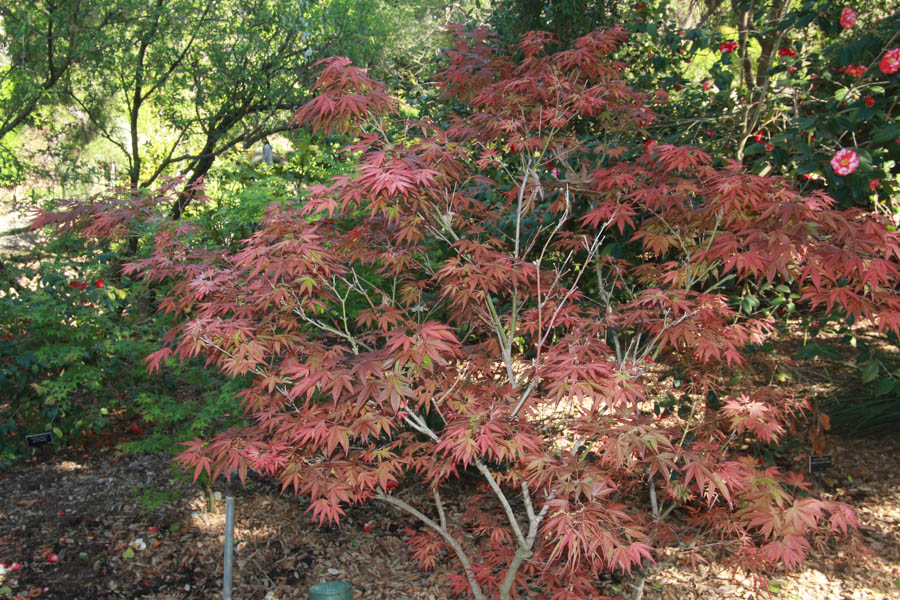
The red maples are also found in Japan
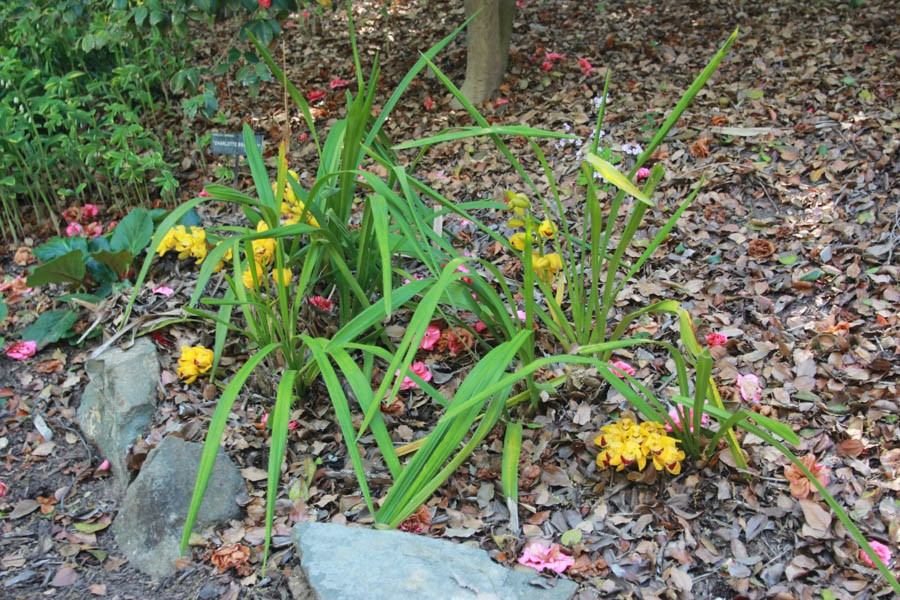
Orchids on the ground!
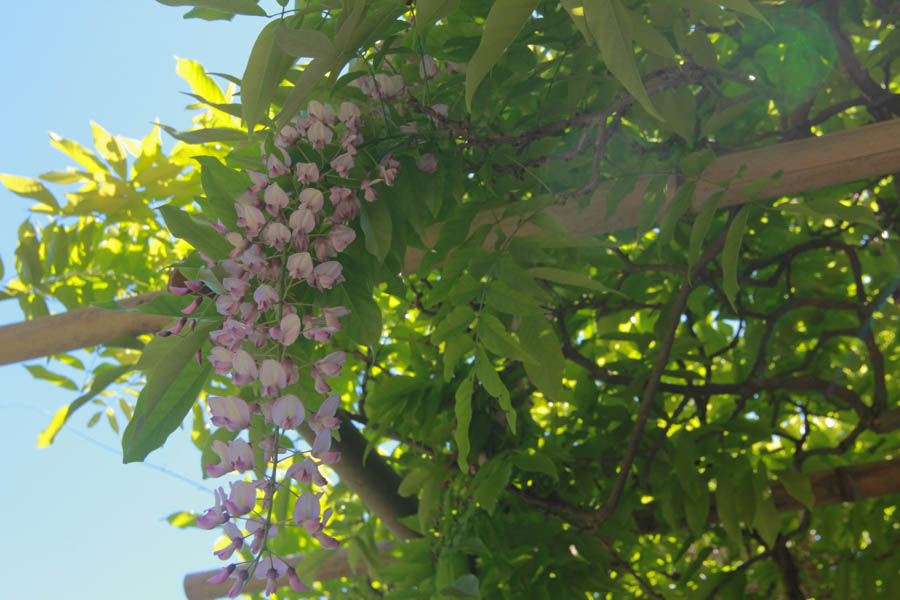
The Wisteria are coming into bloom now
Did You Know? - Wisteria (also spelled Wistaria or Wysteria) is a genus of flowering plants in the pea family, Fabaceae, that includes ten species of woody climbing bines native to the Eastern United States and to China, Korea, and Japan.
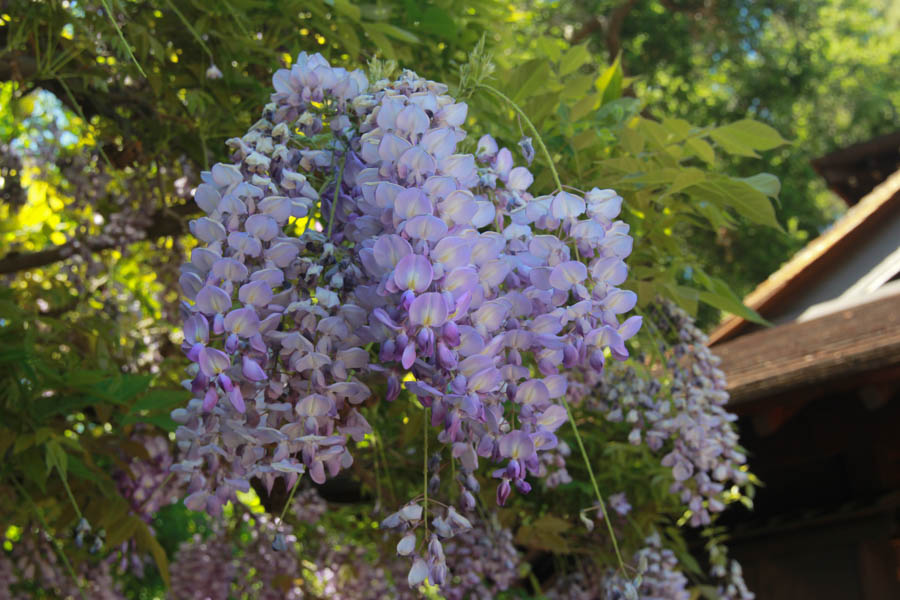
Quite a beautiful plant
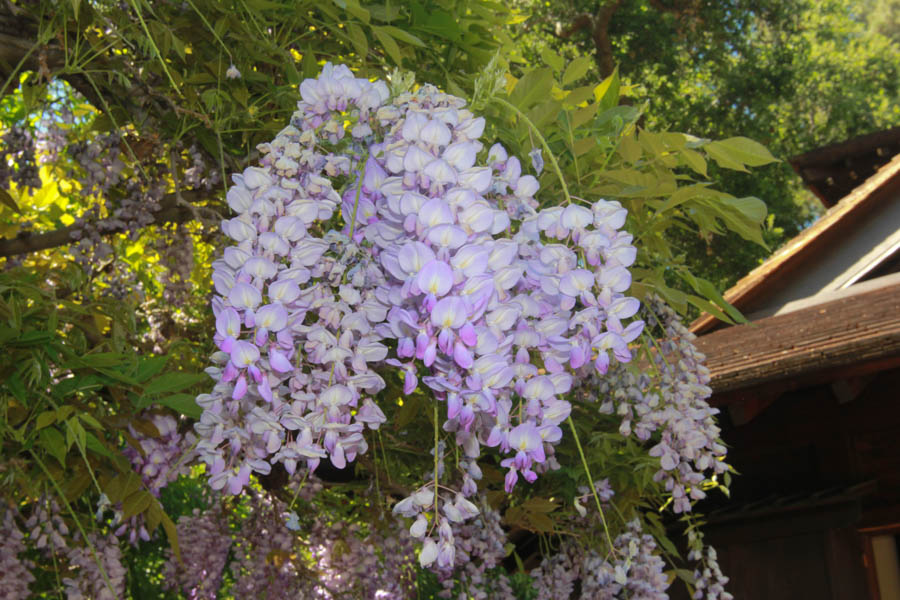 All shades of purple
All shades of purple
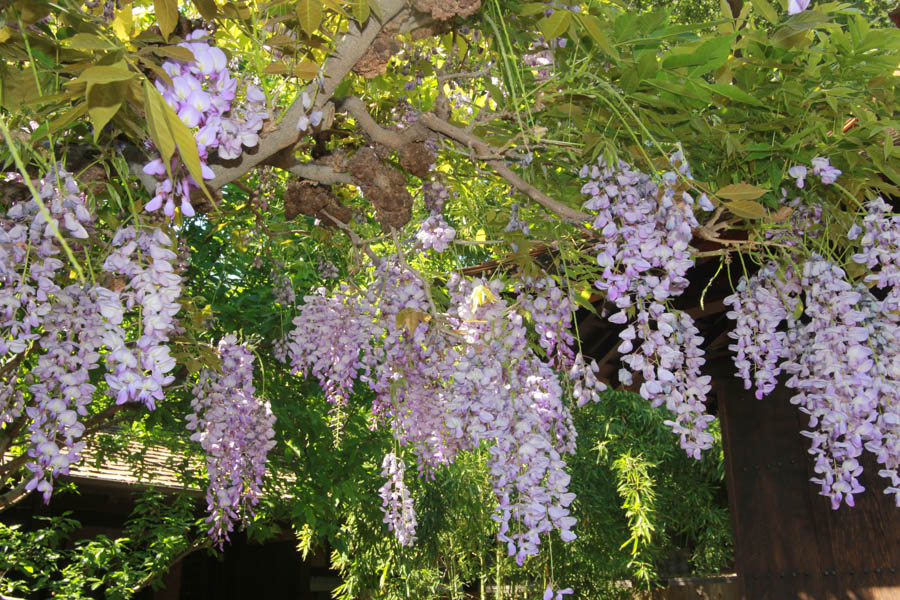
Just hanging around

Mother nature the creative artist
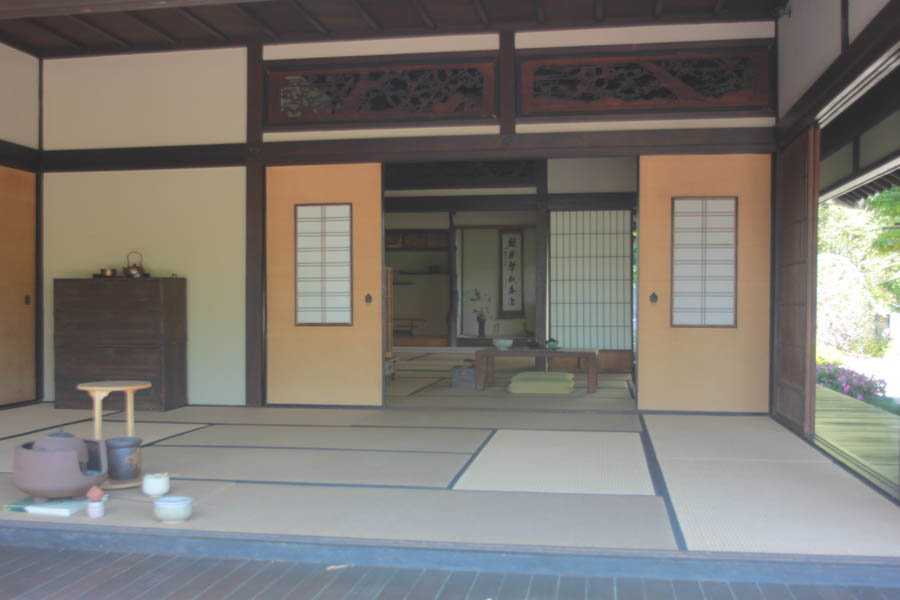
The house is actually pretty big
Did You Know? -
The five-room, 1,376 square-foot Japanese House at The Huntington is a cultural resource with a unique story to tell about the adaptation of Japanese culture in Southern California. According to early 20th-century newspaper articles and other evidence, elements of the house were created in Japan, then shipped to California around 1904 and assembled for George Turner Marsh (1857?1932), who had bought it for his commercial Japanese garden in Pasadena. Marsh was a dealer of Oriental art who built several commercial tea gardens and created a Japanese garden for the 1894 World's Fair in San Francisco.
?
Marsh's Japanese house in Pasadena lacked a kitchen or bathroom and was placed on the corner of California Blvd. and Fair Oaks Ave. to serve as a gallery to display paintings and other objects for sale, surrounded by an extensive garden with winding paths, bridges, lanterns, and plants native to Japan. The garden was designed to appeal to tourists from the eastern United States who flocked to Pasadena each winter, and to the millionaires who had built winter residences in the city. But, by 1911, it was failing financially, and Marsh sold the entire property, including the Japanese house, stone statuary, and plants, to Henry E. Huntington (1850?1927) to construct a Japanese garden on his San Marino, Calif., estate.
?
While little is known about the Japanese carpenters who originally built The Huntington's Japanese House, it is known that the craftsman Toichiro Kawai (1860?1943) disassembled and reassembled the house for The Huntington's garden. Kawai was a carpenter with a specialty in shipbuilding and woodcarving who had emigrated from Japan.
?
Huntington hired the Goto family, who had worked for Marsh, to maintain the garden and live in a small house built behind the Japanese House. While little is known about how Henry and Arabella Huntington used the Japanese Garden during the three months they spent on the property each year, oral tradition suggests they did show the garden to their visitors.
?
When The Huntington opened to the public in 1928, visitors were able to view the house from the Japanese Garden, but during World War II staffing shortages and the political climate caused the Japanese Garden to be neglected, with parts of it inaccessible to the public, and the Japanese House fell into disrepair. In 1958 the Japanese House was refurbished through the efforts of the San Marino League, a local philanthropic women's group. However, the house received only minor repairs in the ensuing years, and the structure?composed of natural materials, including wood, paper, and reed mats?was in need of a comprehensive rehabilitation and preservation.
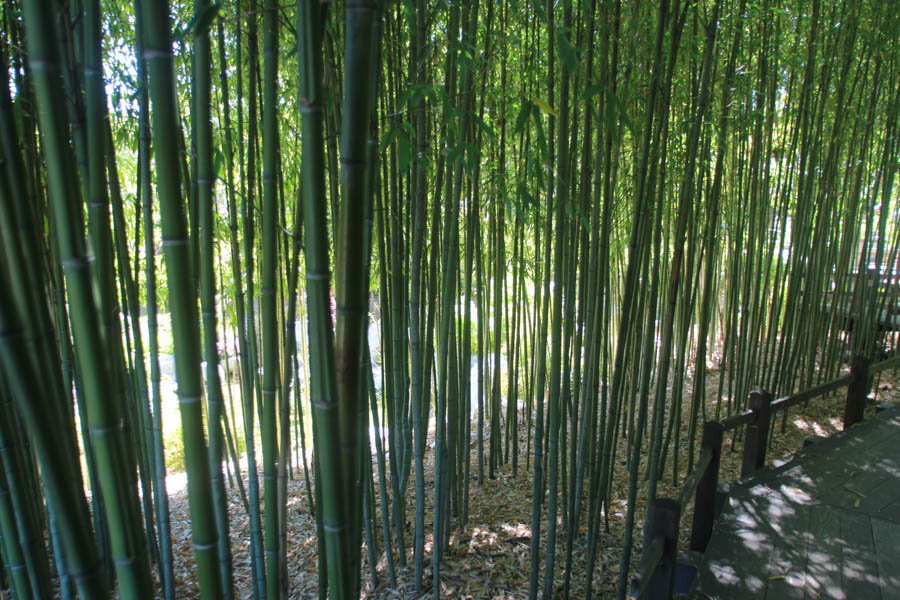
The bamboo grows like a weed!
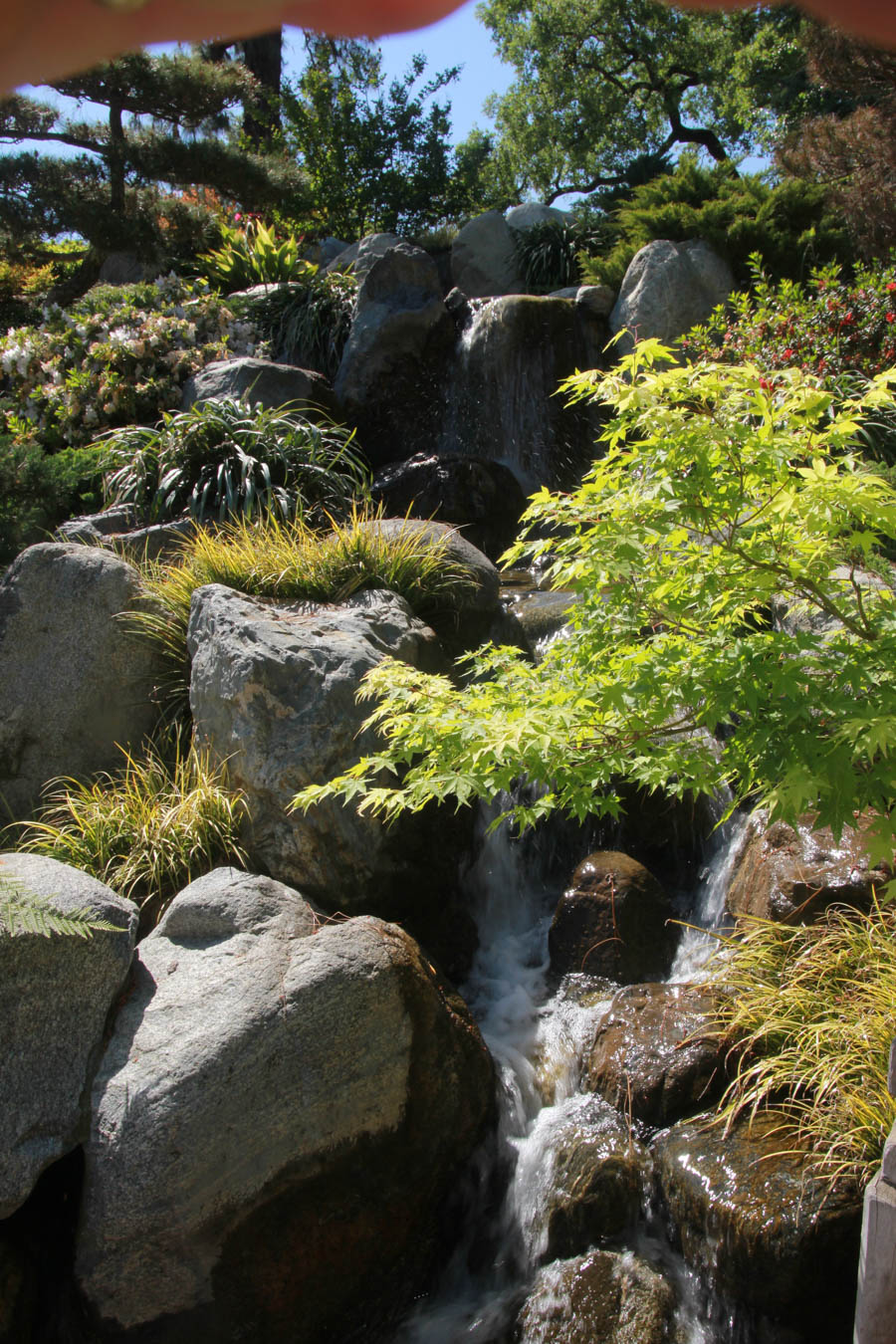
Oh oh... Must tinkle now!
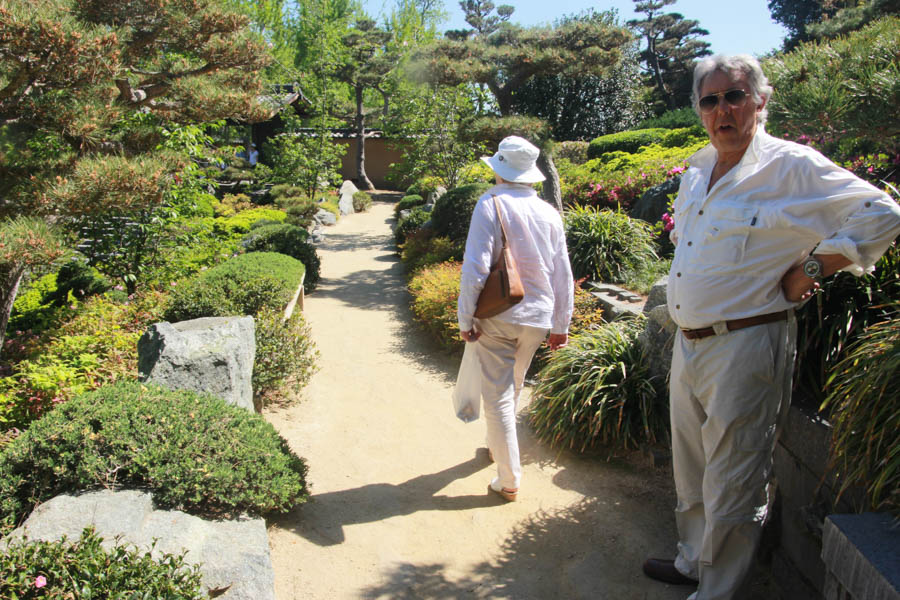
Jan is off and running

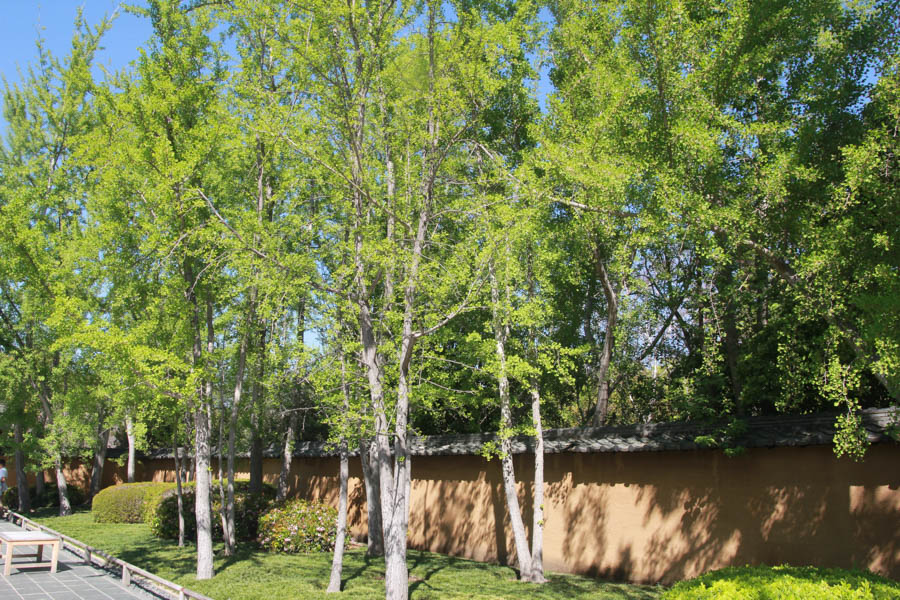
Green???
 Summer time
Summer time
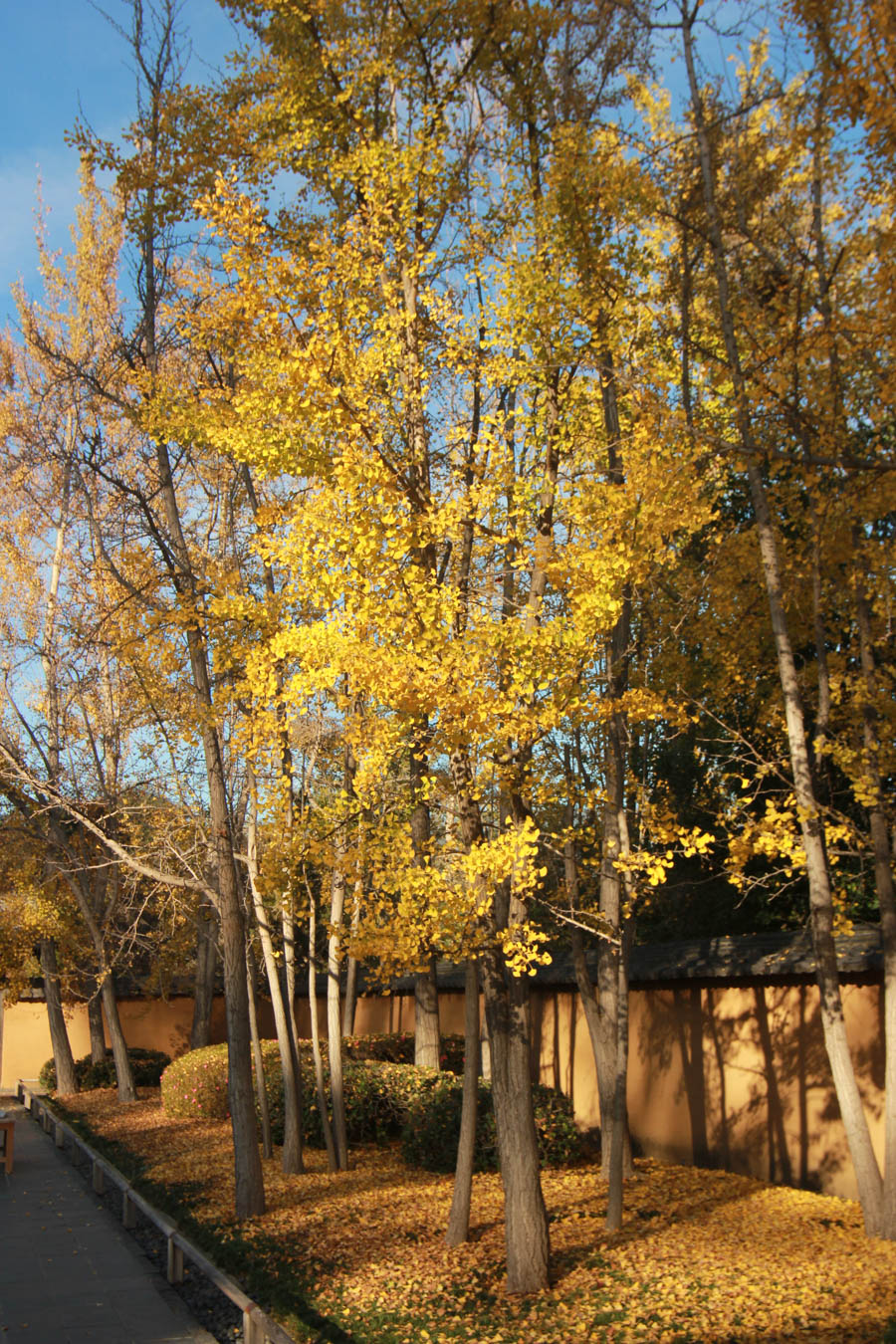
Same trees at Christmas
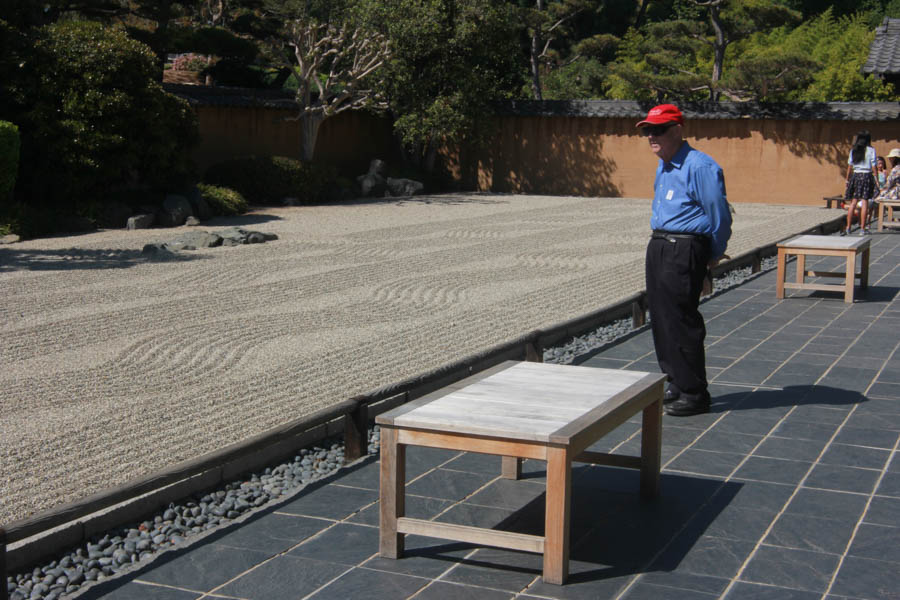
Greg is watching the "snake races"

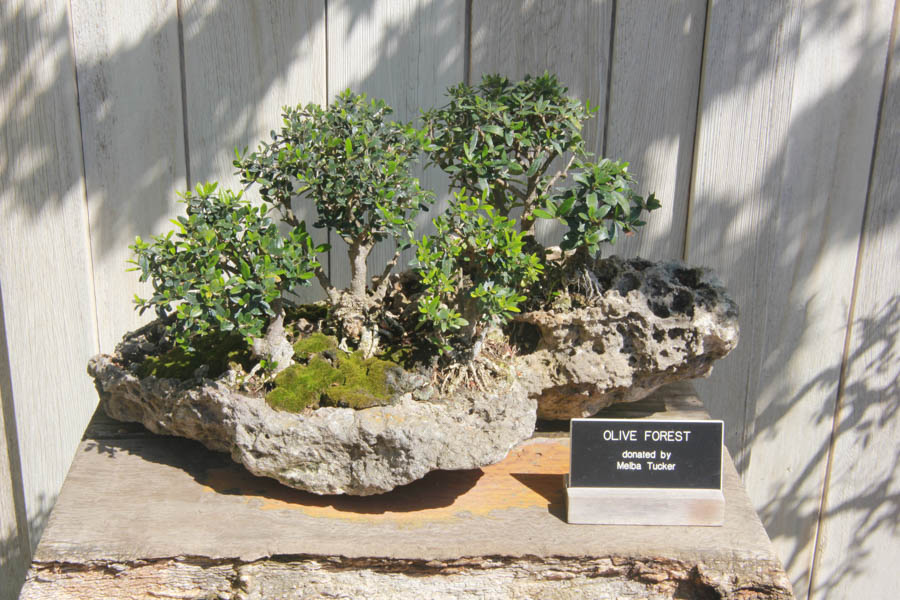
Olives??
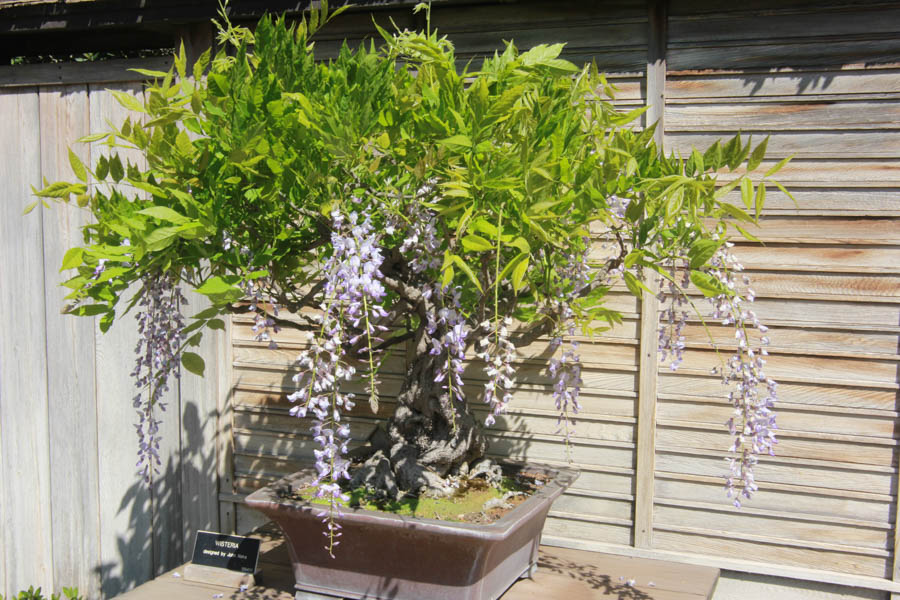 Wisteria has been made into a bonzai plant!
Wisteria has been made into a bonzai plant!
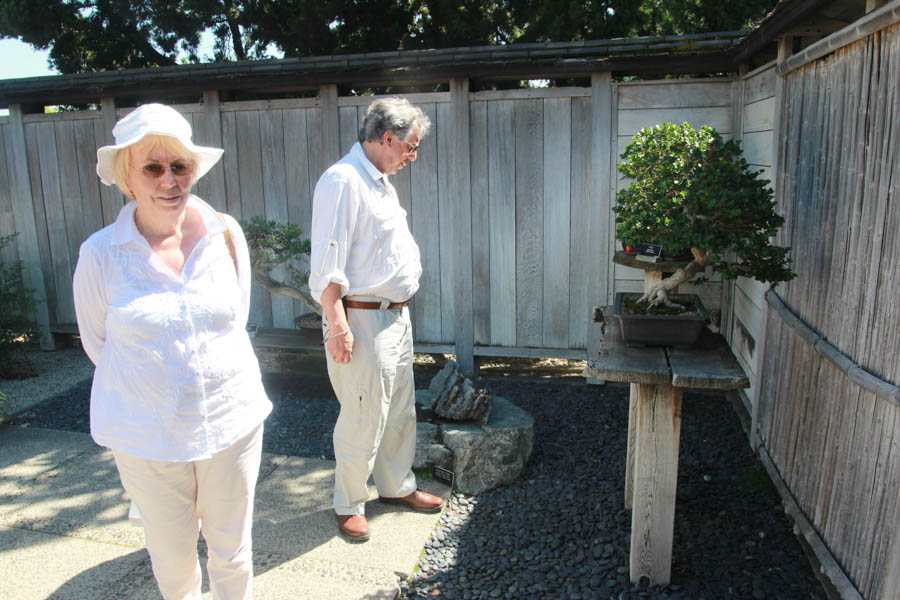
Strange plants!

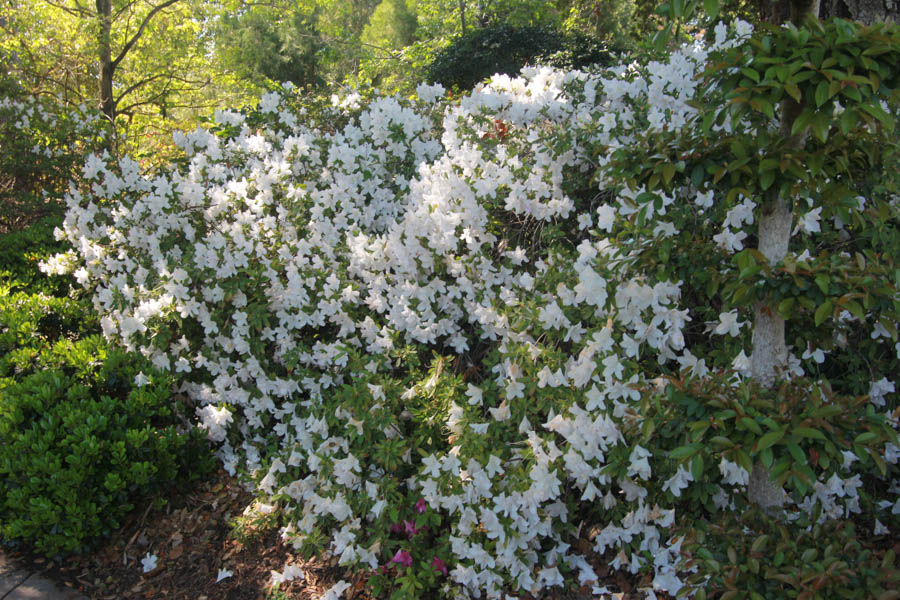
We have to pass through "Australia" on our way!
Firs sight is an explosion of white
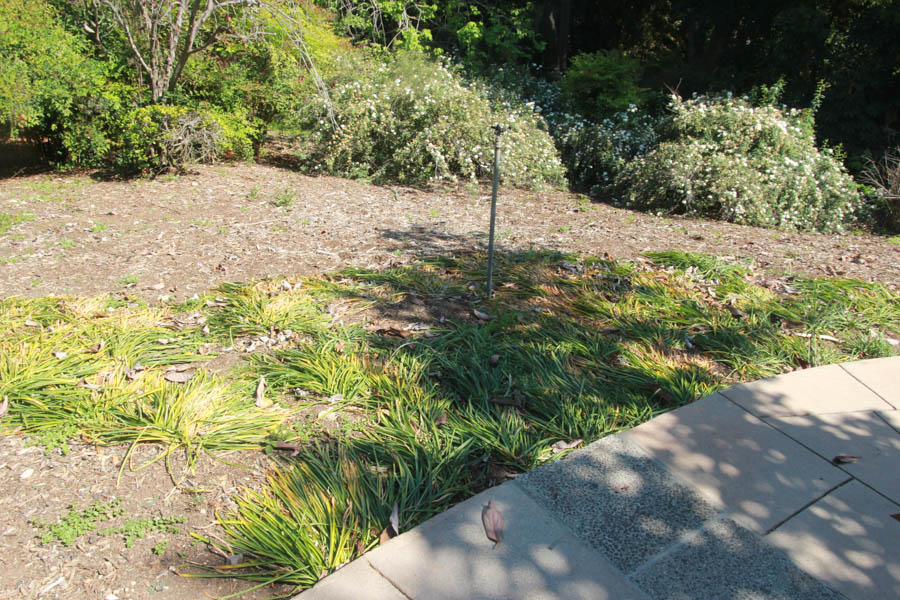
"Flatbush"....
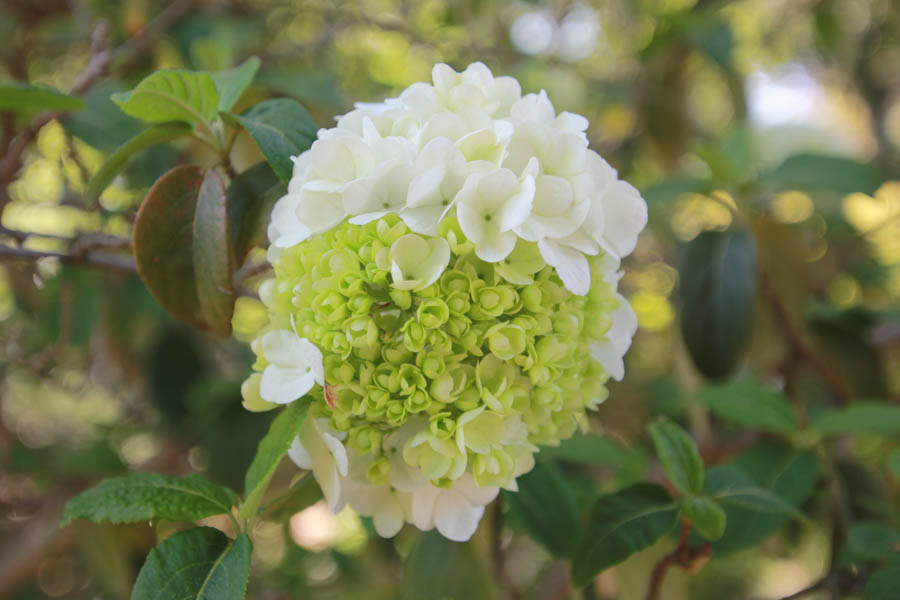
Hydrangea in green... It was a tree!
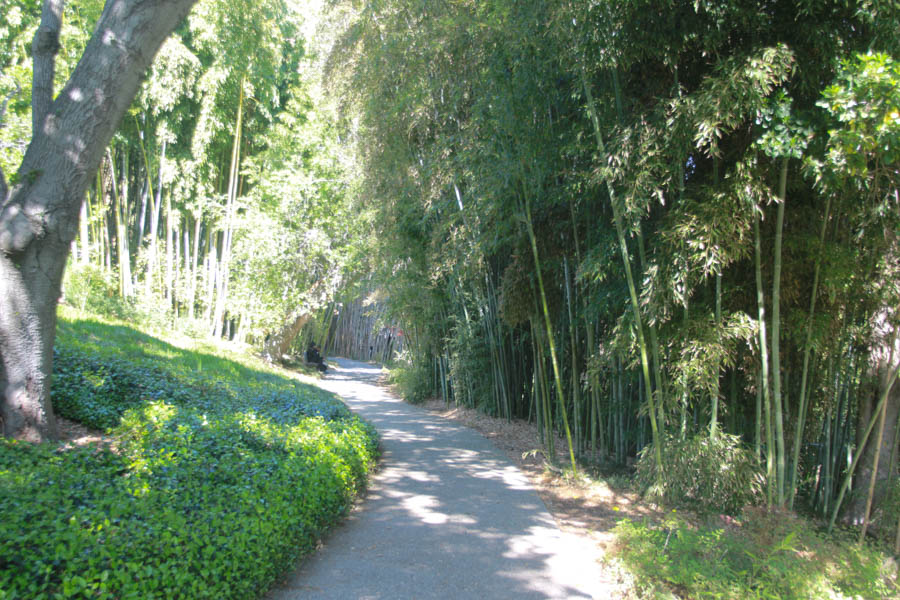
Walking along the bamboo forest...
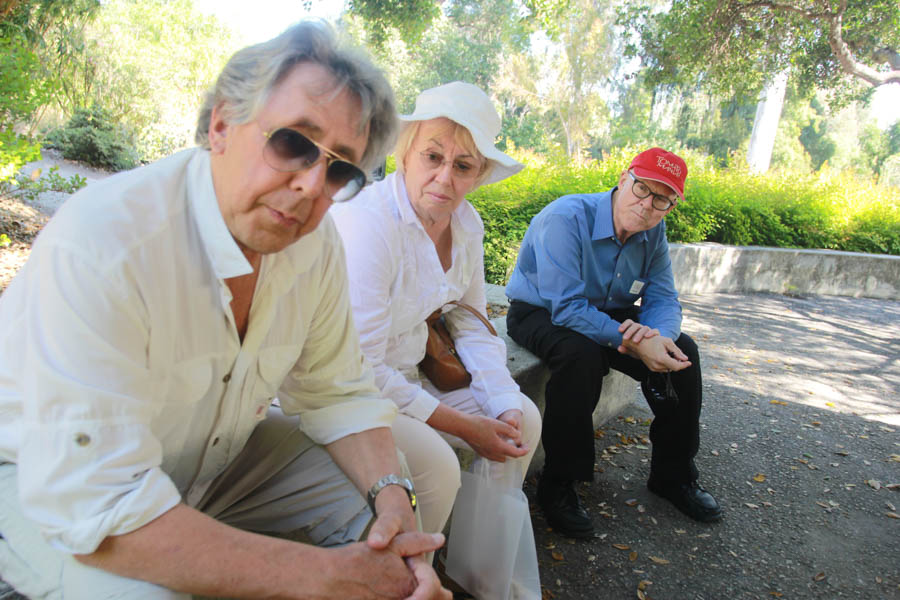
Time to rest

Brian was telling us about his knee
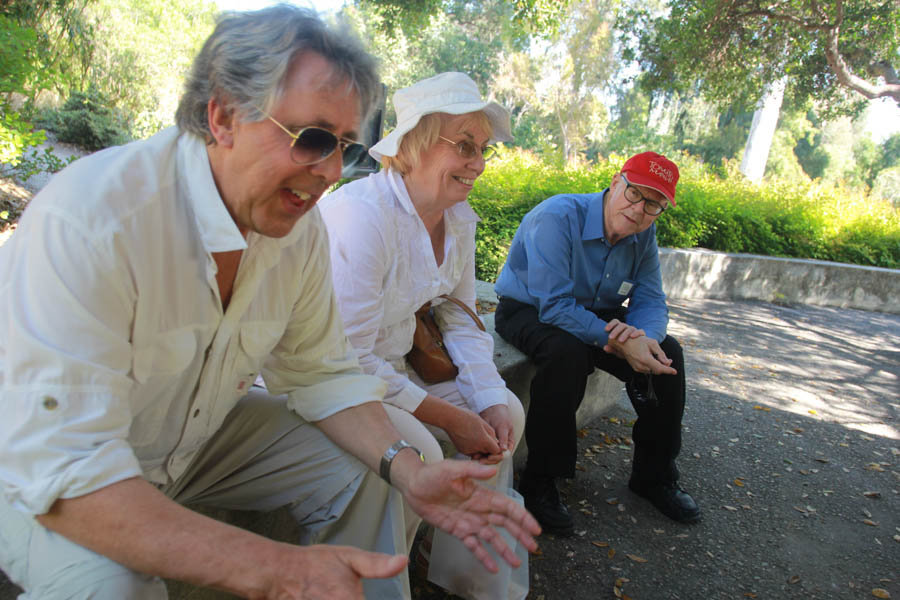
Always time for a giggle or two!
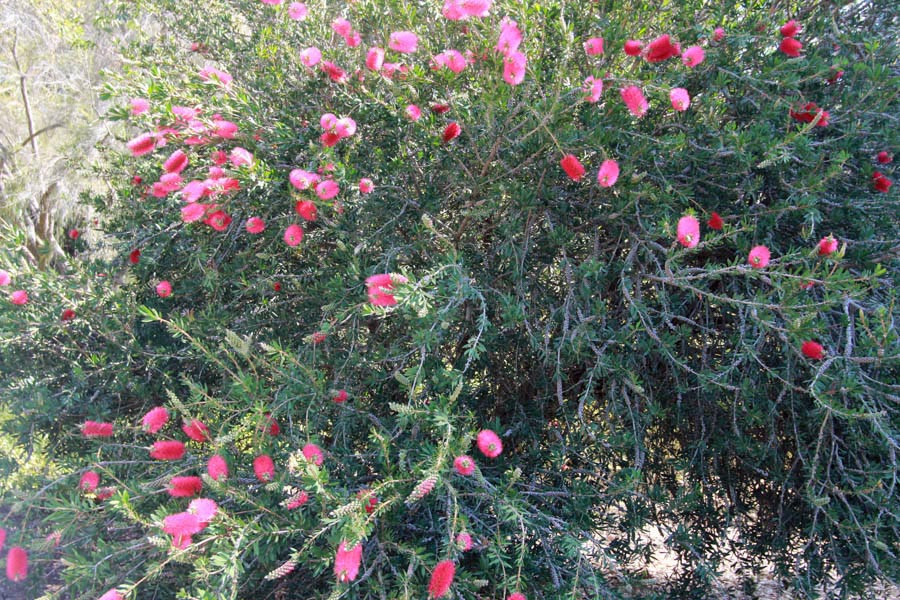
A huge bottle brush tree

Did You Know? - Callistemon species have commonly been referred to as bottlebrushes because of their cylindrical, brush like flowers resembling a traditional bottle brush. They are mostly found in the more temperate regions of Australia, especially along the east coast and typically favour moist conditions so when planted in gardens thrive on regular watering. However, two species are found in Tasmania and several others in the south-west of Western Australia. At least some species are drought-resistant and some are used in ornamental landscaping elsewhere in the world.
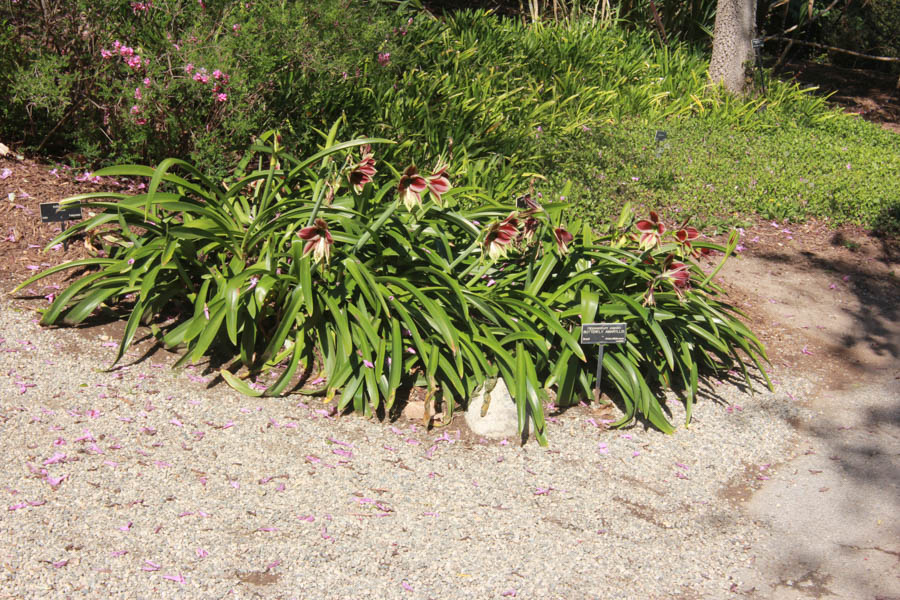
Australia has quite a diverse set of plants!
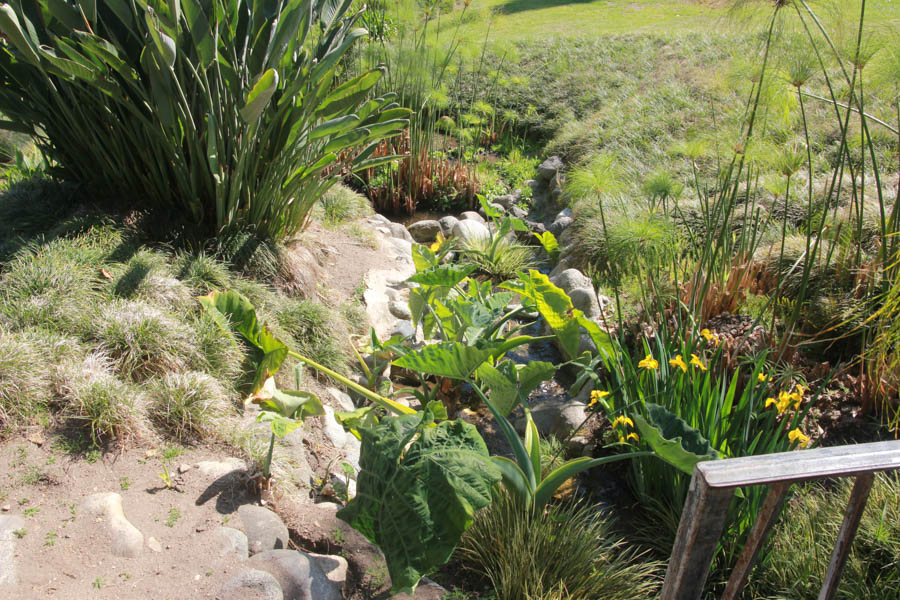
The rambling stream added a little drama!
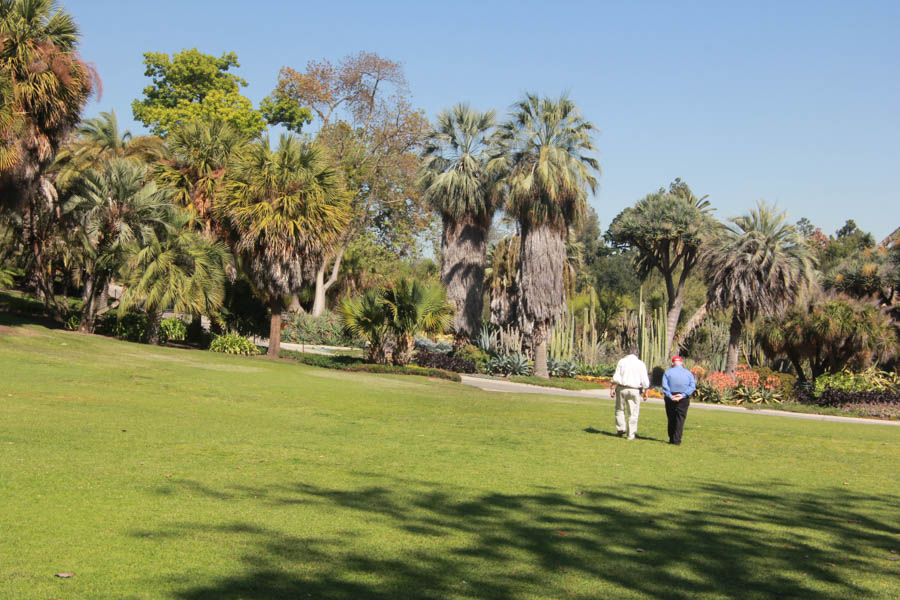
Almost there!

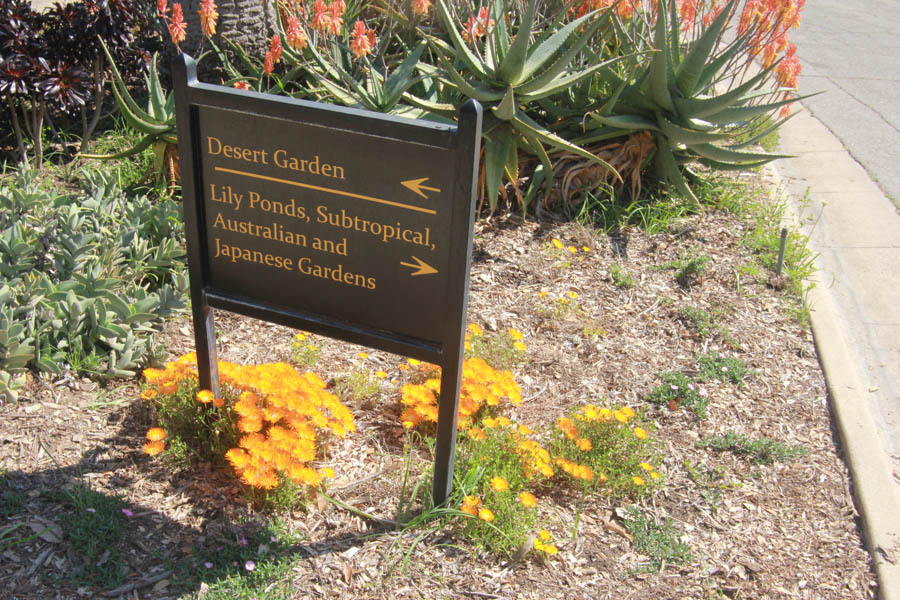
Did You Know? - The Huntington Desert Garden is one of the largest and oldest assemblages of cacti and other succulents in the world. Nearly 100 years old, it has grown from a small area on the Raymond fault scarp when in 1907-1908 William Hertrich brought in plants from local nurseries, private residences, public parks, and from collection trips to the Southwest and Mexican deserts. Today the two dozen families of succulents and other arid adapted plants have developed into a 10-acre garden display, the Huntington's most important conservation collection, a most important mission and challenge.
The desert garden features more than 2,000 species of succulents and desert plants in sixty landscaped beds. Many plants are labeled with their name and country of origin. Look closely to discover the different ways succulents have adapted to cope with drought and defend themselves against enemies. Most retain water in their leaves, stems, or roots. Many protect themselves with sharp spines or thorns, and some have waxy or woolly protective coverings to reflect sunlight and decrease water loss.
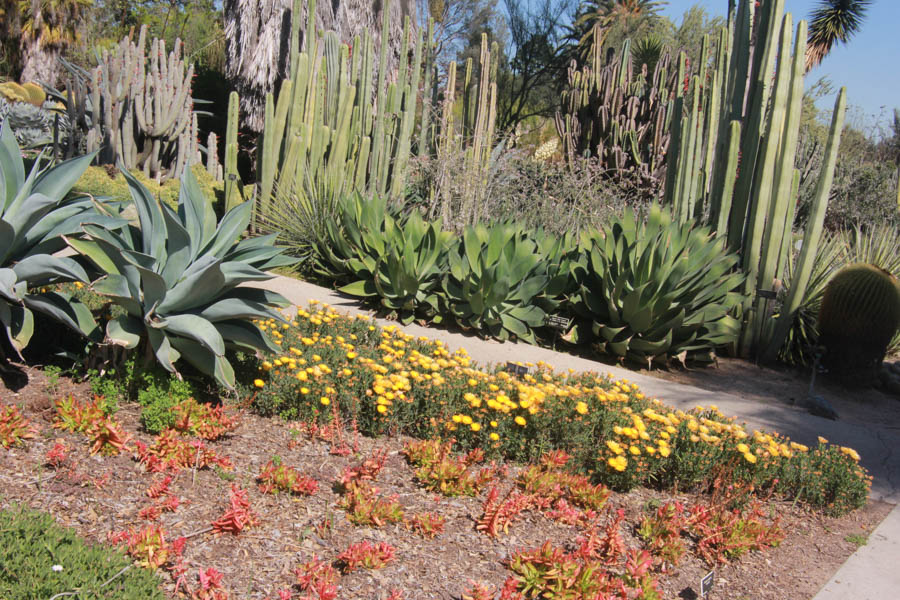
The desert provides a myriad of colors

Up in the sky the cactus watches over us!
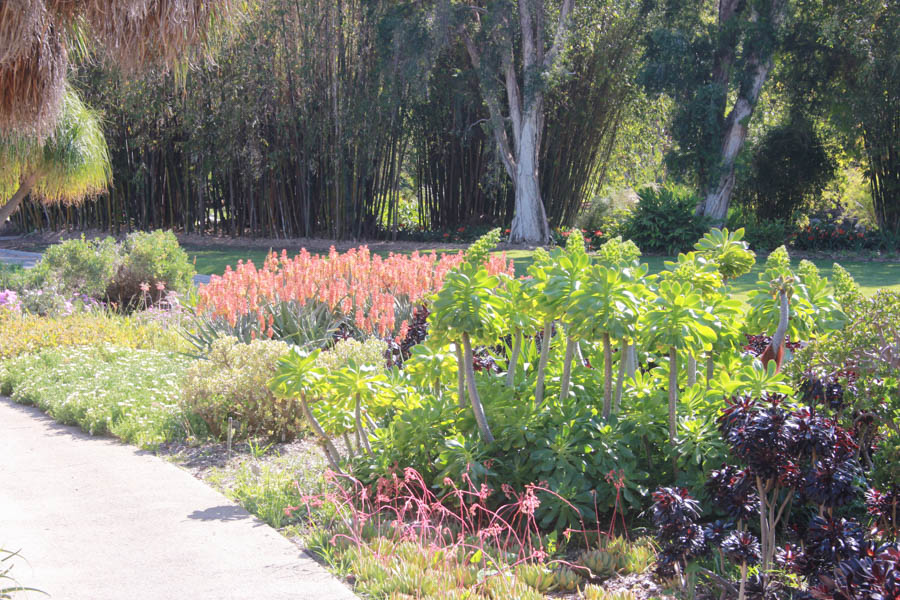
Perfect timing for the desert... Spring!
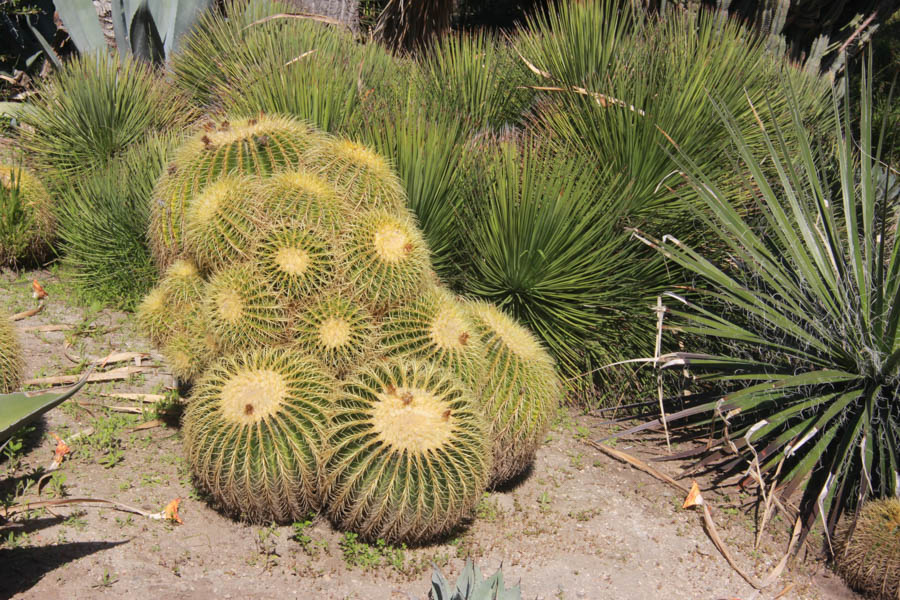
Roll out the barrel...
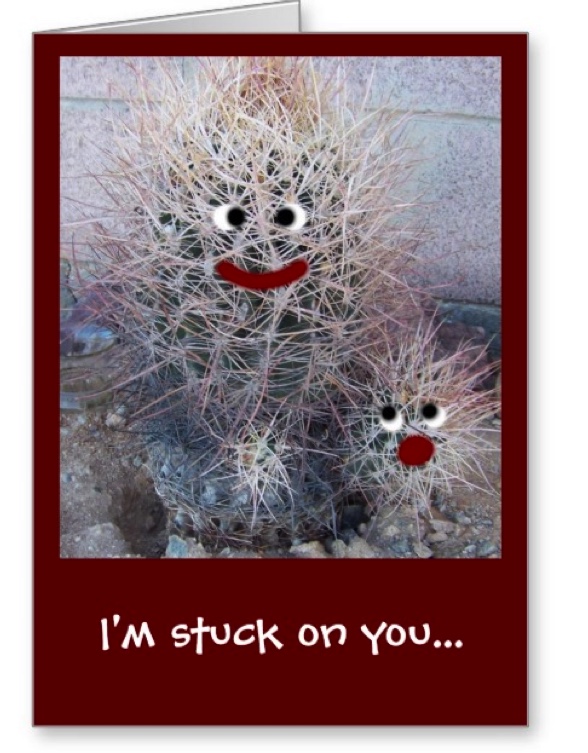
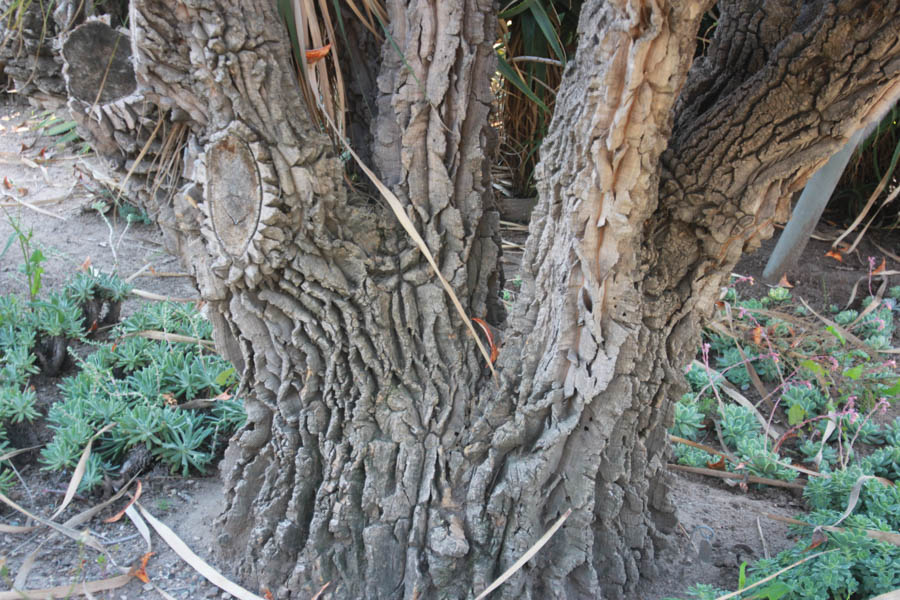
The bark on this tree was quite intricate
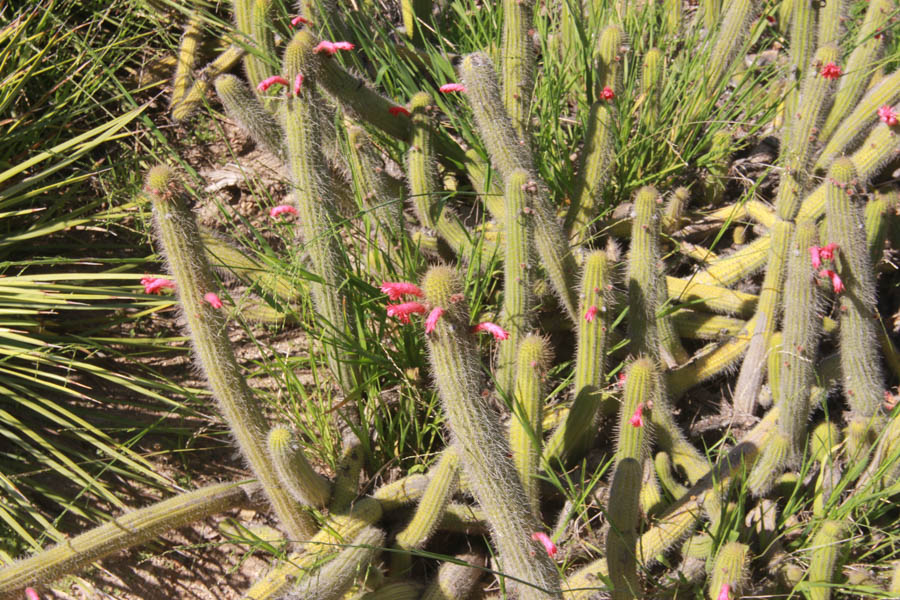
Flowering cacti!
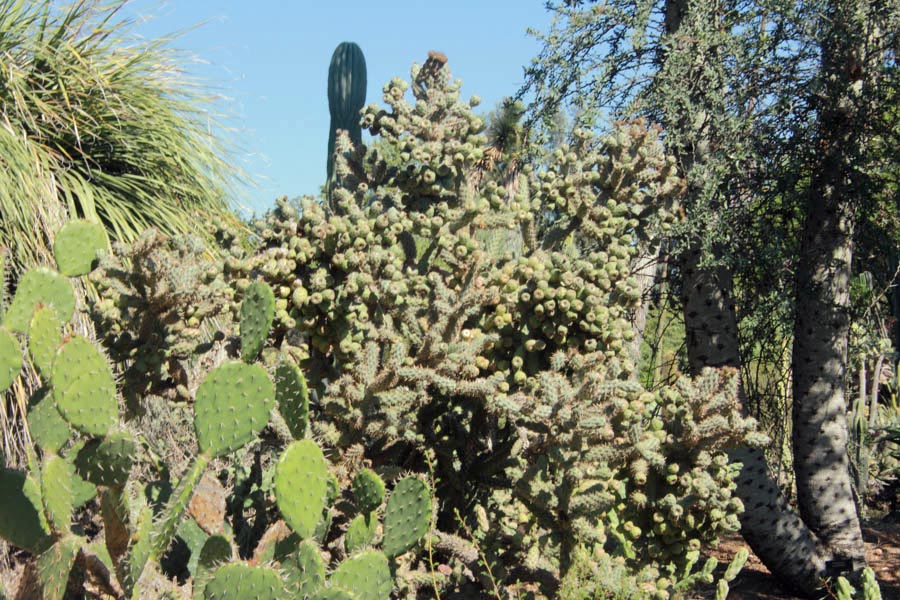
Even Br'er Rabbit would find this difficult
Did You Know? - Br'er Rabbit /?br??r/, also spelled Bre'r Rabbit or Brer Rabbit or Bruh Rabbit, is a central figure as Uncle Remus tells stories of the Southern United States. Br'er Rabbit is a trickster who succeeds by his wits rather than by brawn, provoking authority figures and bending social mores as he sees fit. The name "Br'er Rabbit", a syncope of "Brother Rabbit", has been linked to both African and Cherokee cultures. The Walt Disney Company later adapted this character for its 1946 animated motion picture Song of the South.
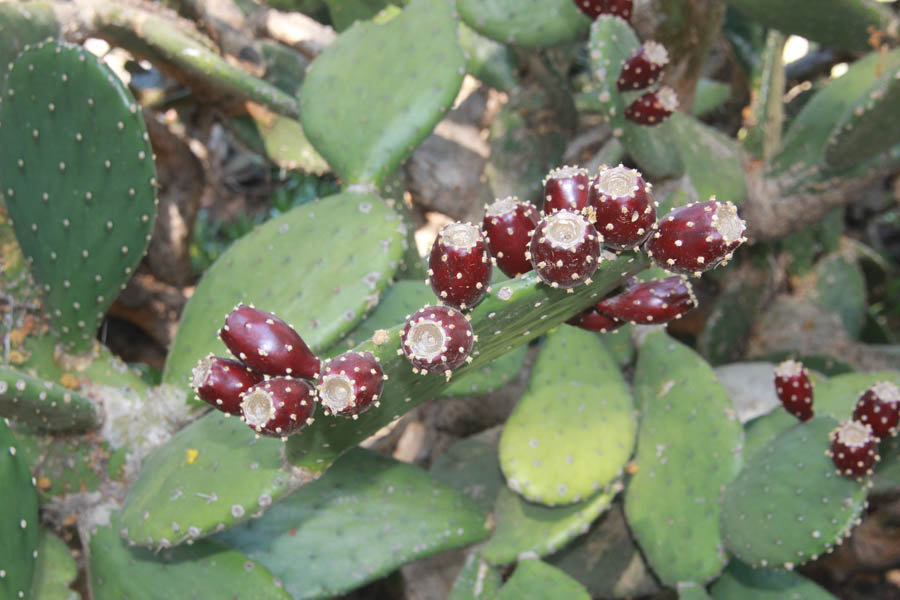
About to blossom... Delicious eating
Did You Know? - The most common culinary species is the Indian fig opuntia (O. ficus-indica). Most culinary uses of the term "prickly pear" refer to this species. Prickly pears are also known as tuna (fruit), sabra, nopal (paddle, plural nopales) from the Nahuatl word n?palli for the pads, or nostle, from the Nahuatl word n?chtli for the fruit; or paddle cactus.
The genus is named for the Ancient Greek city of Opus, where, according to Theophrastus, an edible plant grew which could be propagated by rooting its leaves.
The best thing to do is spray fruits and pads with water to reduce the amount of glochids. Pick the fruit? with heavy leather gloves then wash them again and or burn what spines there might still remain off ? a butane torch works well, a candle flame, or a deftly held propane torch. You then peel them for the soft red fruit flesh inside. It can be eaten raw or cooked and has a raspberry like flavor. Just be sure to take the seeds out. They are very hard and can break your teeth.
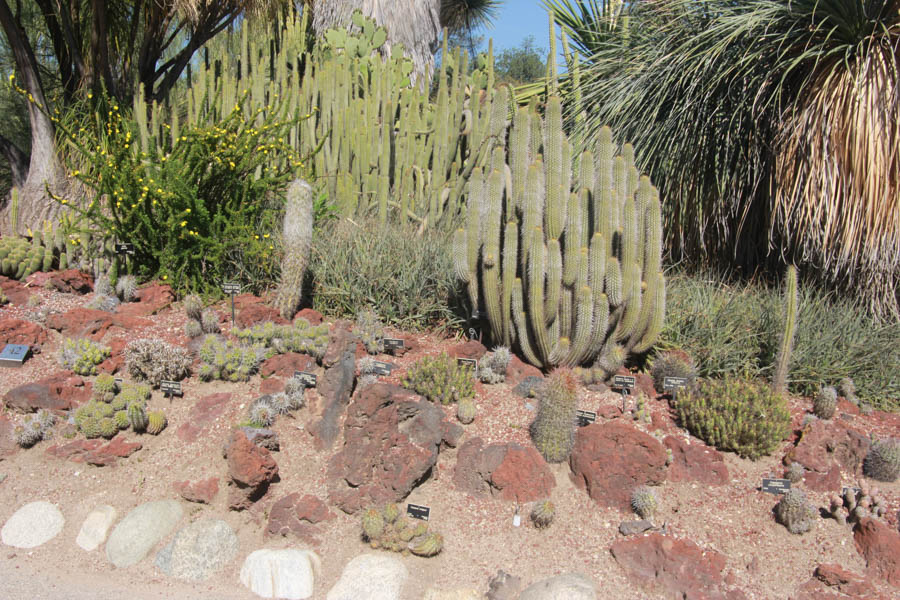
Obviously standing guard!
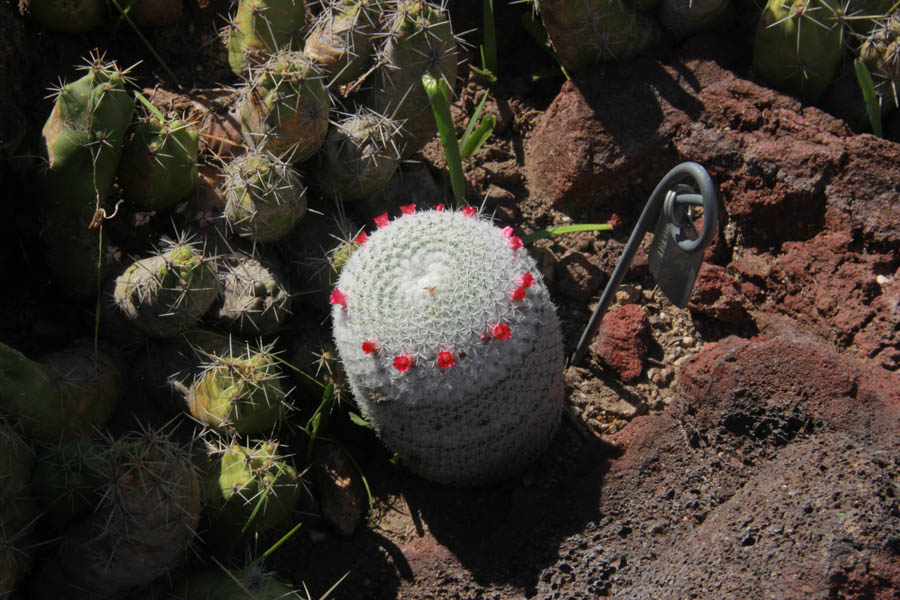
Interesting display on the top
Did You Know?
- Cactus are American plants that are covered in sharp spines, have thick, bulbous green stems and no leaves.
- Most Cactus grow in hot, dry regions but a few grow in rainforests and in cold places such as mountain tops.
- Cactus in deserts have a thick, waxy skin so as to cut water loss to the bare minimum.
- The fat stems of Cactus hold a lot of water so that they can survive in hot, dry deserts.
- The huge saguaro cactus grows only in the dry foothills and deserts of southern Arizona, southeast California and northwest Mexico.
- The stems of the jumping cholla fall off so easily they seem to jump on passers-by.
- Because of their moist stems, Cactus are called succulents.
- Cactus have spines to protect themselves from animals which will eat any kind of moist vegetation.
- Cactus have to pollinate just like every flowering plant. So every few years, many produce big colourful blooms to attract insects quickly.
- Most Cactus have very long roots to collect water from a large area.
- The roots grow near the surface to collect as much rainwater as possible.
- The biggest cactus is the saguaro, which can grow up to 20 m tall and 1 m thick.
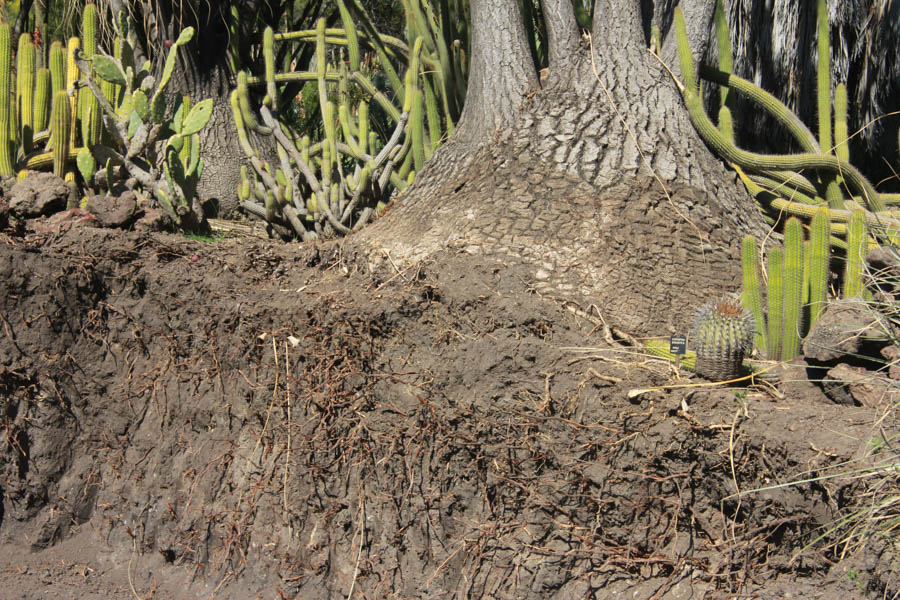
They recently had to remove a cactus... Look at the roots
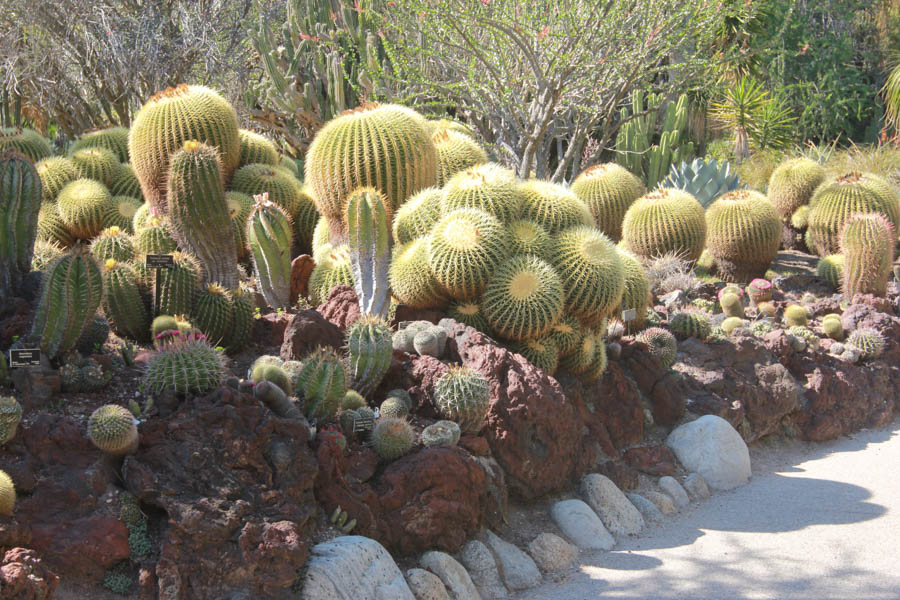
They seem to be laughing as we walk by!
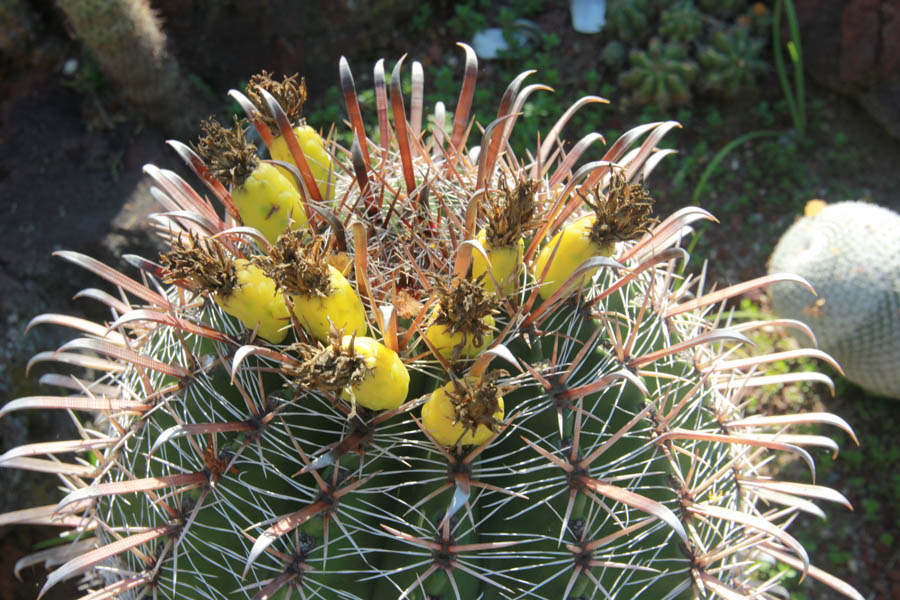
Amazing structures
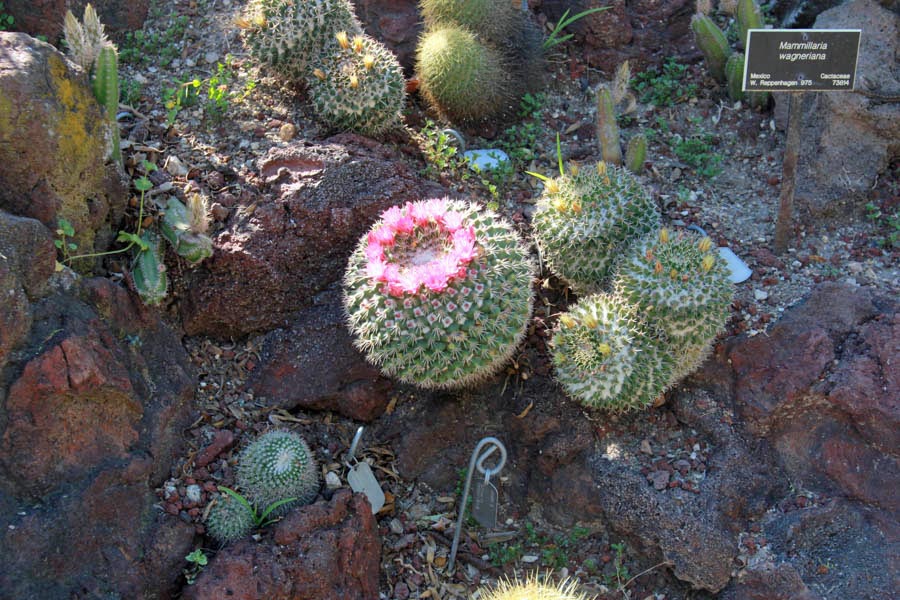
Wearing a crown perhaps?
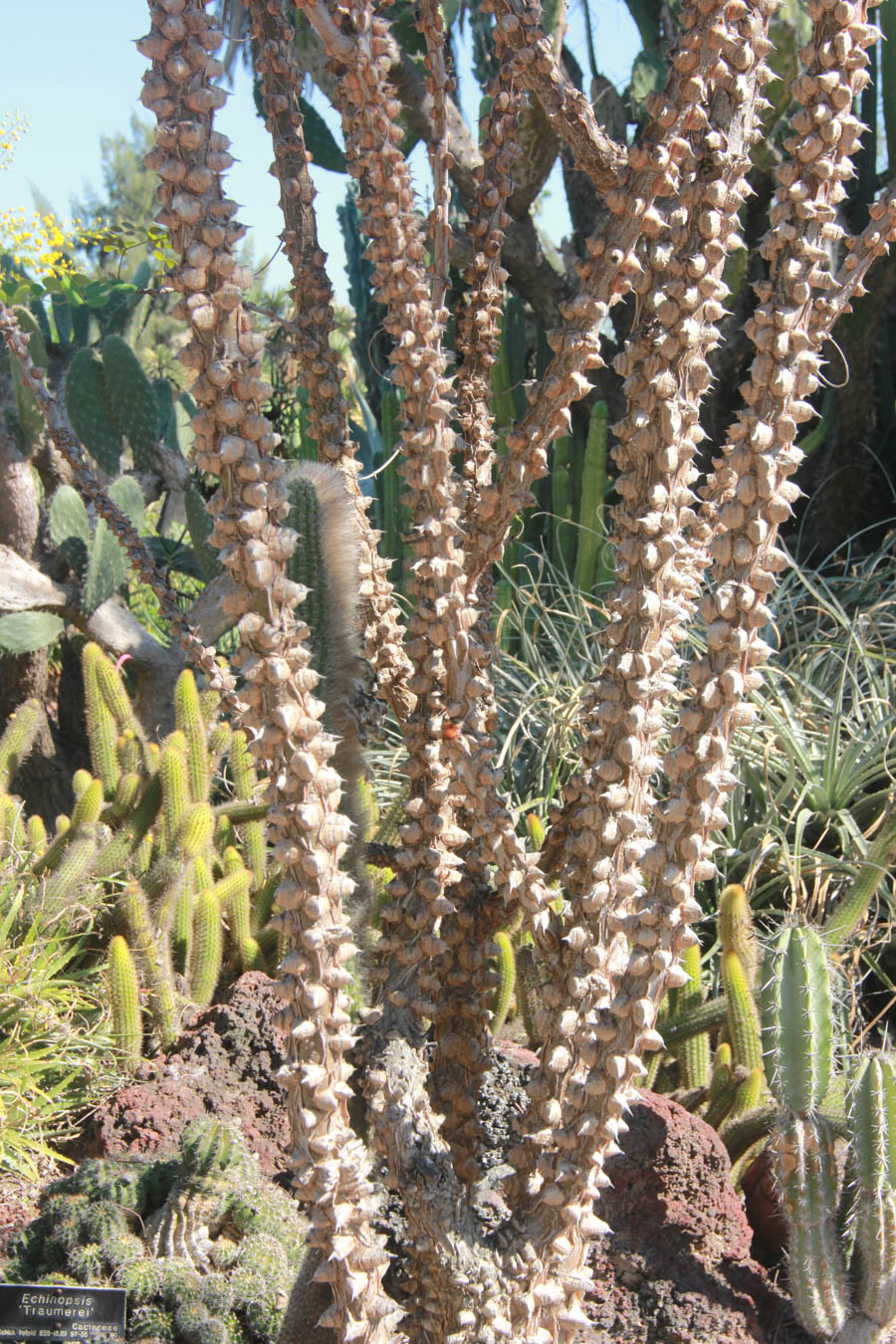
Brian thought about shimming up the tree trunk until he got a closer look
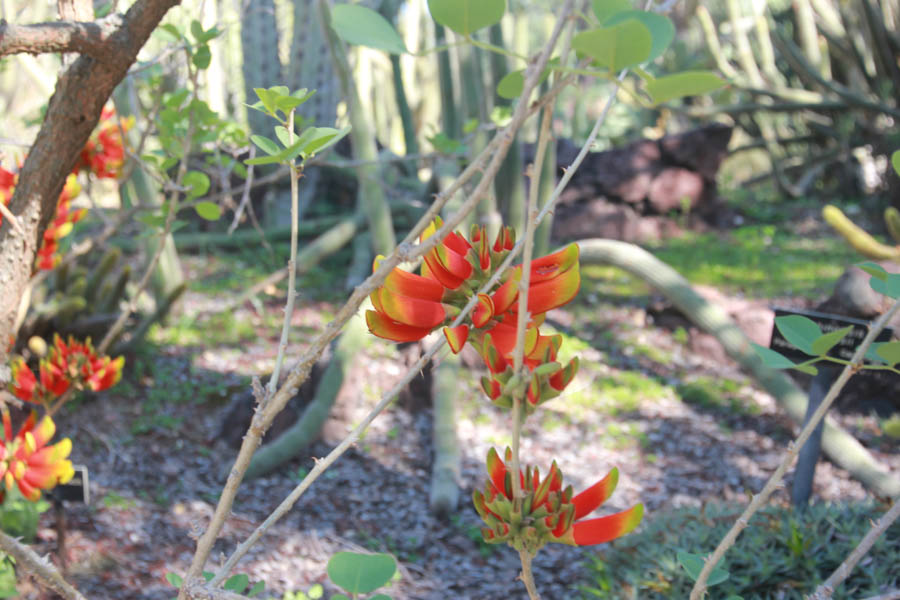
Brilliant colors must attract the pollinators
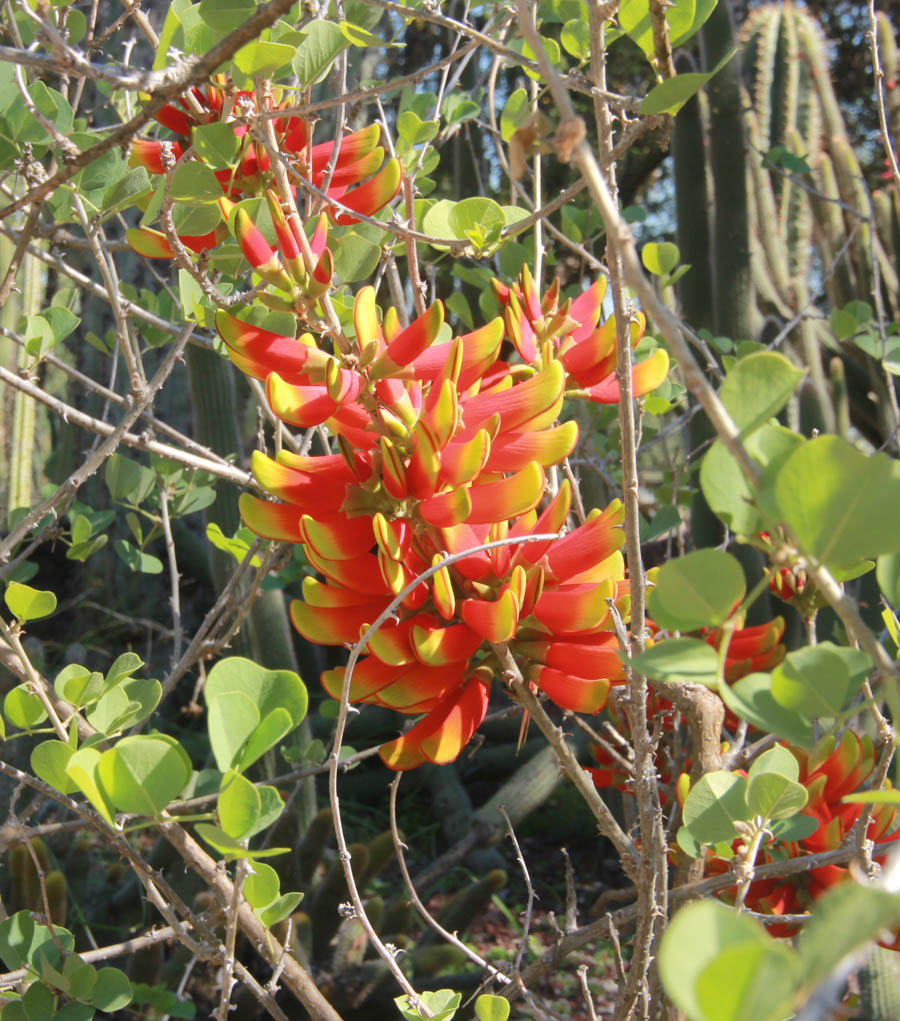
It must attract other things than cameramen!
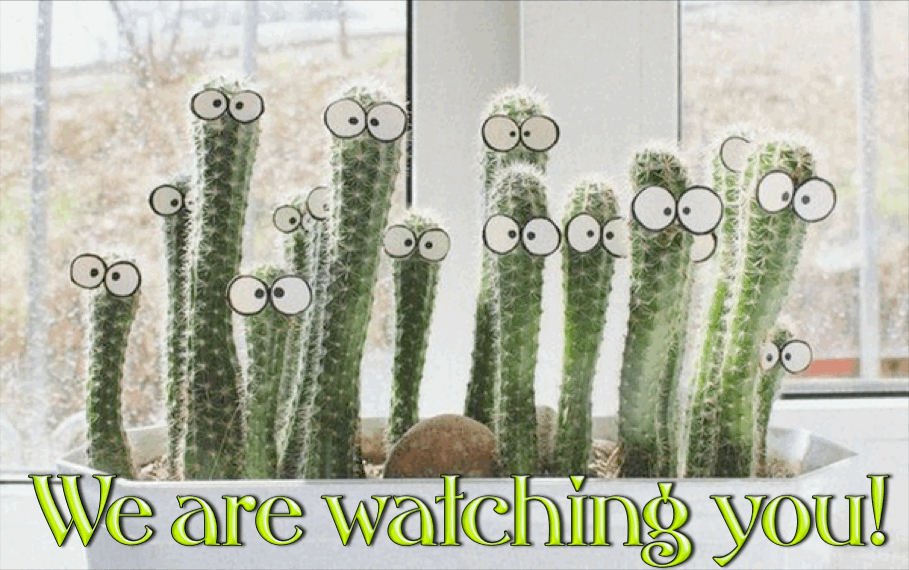
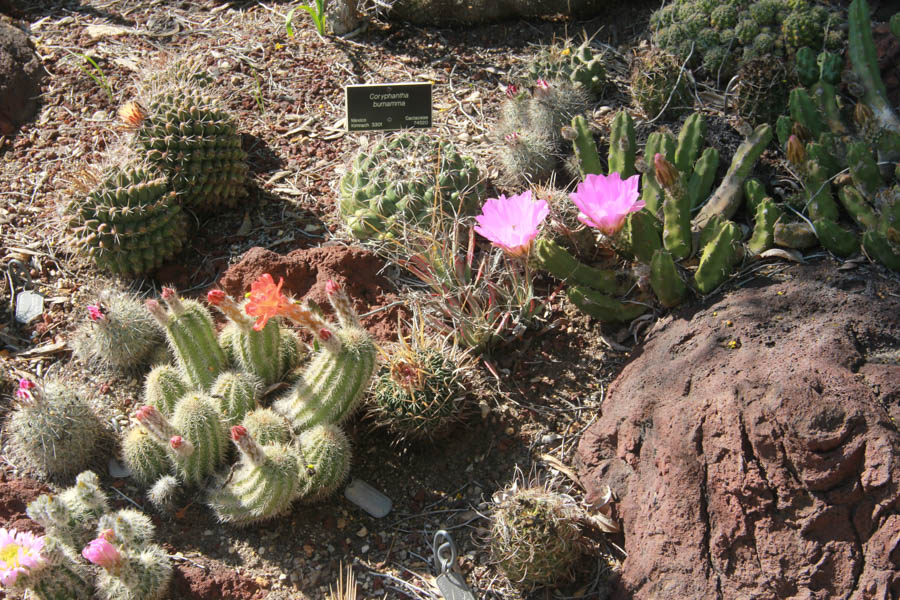
The desert provides a a plethora of colors
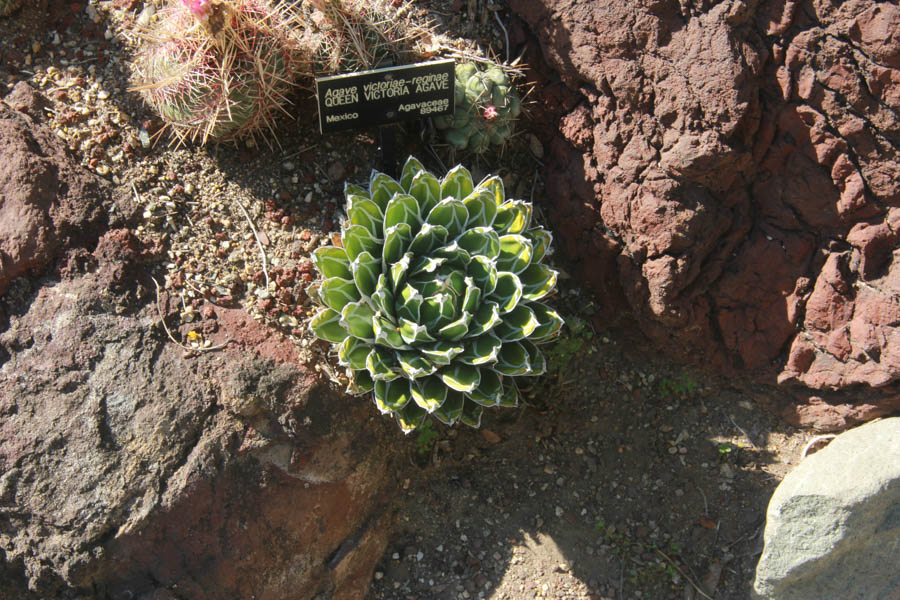
Queen Victoria Agave
Did You Know? - Agave victoriae-reginae (Queen Victoria agave, royal agave) is a small species of succulent flowering perennial plant, noted for its streaks of white on sculptured geometrical leaves, and popular as an ornamental.
This agave is highly variable in form, but in general the rosettes are small and compact, growing to 0.5m, composed of short, rigid, thick leaves that are green with a pattern of distinctive white markings. The markings are generally along leaf keels or margins, giving a sort of polyhedral appearance. Marginal teeth are usually lacking, while the terminus of the leaf may include 1 to 3 spines, each 1.5?3 cm in length. Cream coloured flowers are borne in erect racemes up to 4m in length.
It is cold-hardy as agaves go, and thus finds favor as a small accent in many northerly gardens. However it is recommended in the UK that this plant be kept in heated conditions under glass during winter. It has gained the Royal Horticultural Society's Award of Garden Merit.
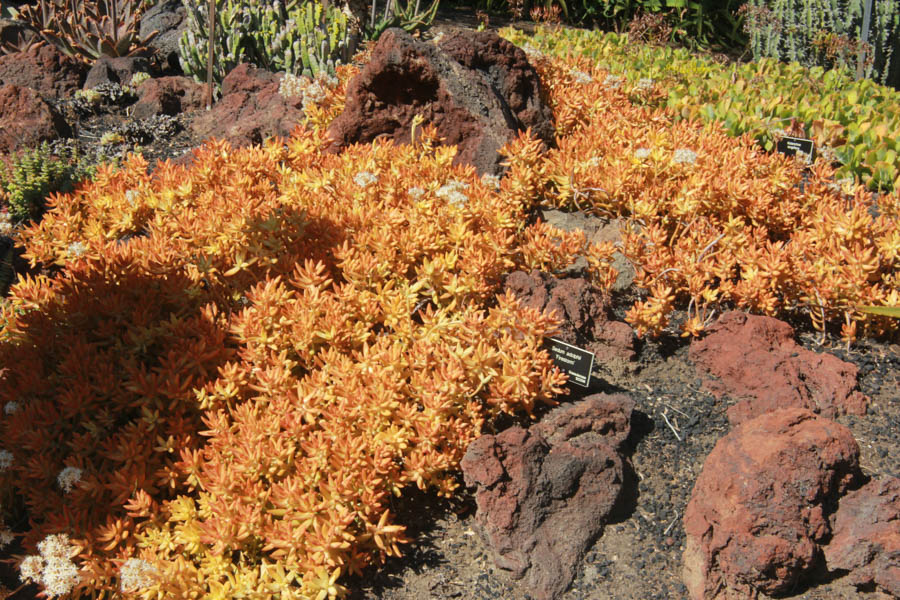
Oranges and yellow stand out in the fine Spring day!
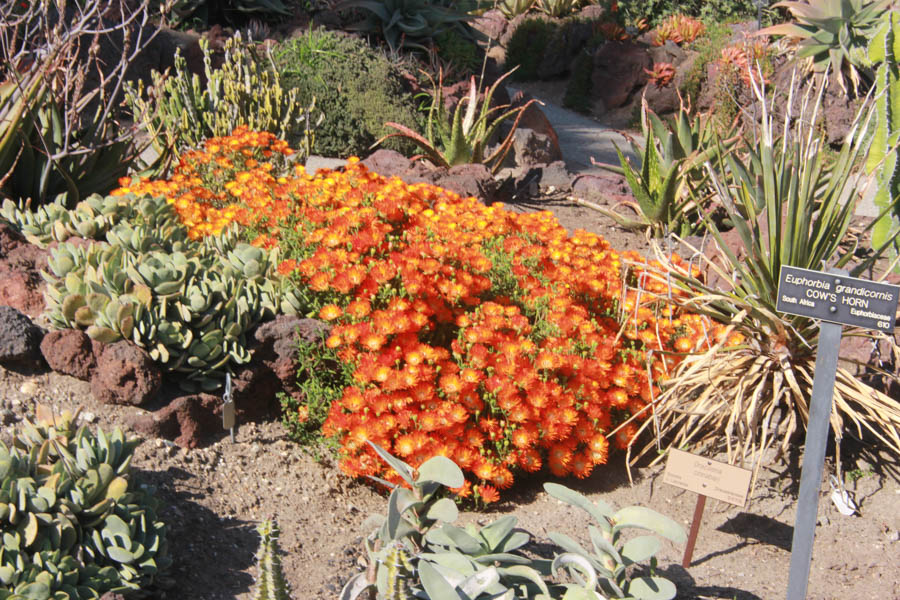
Simply amazing to see such brilliant colors
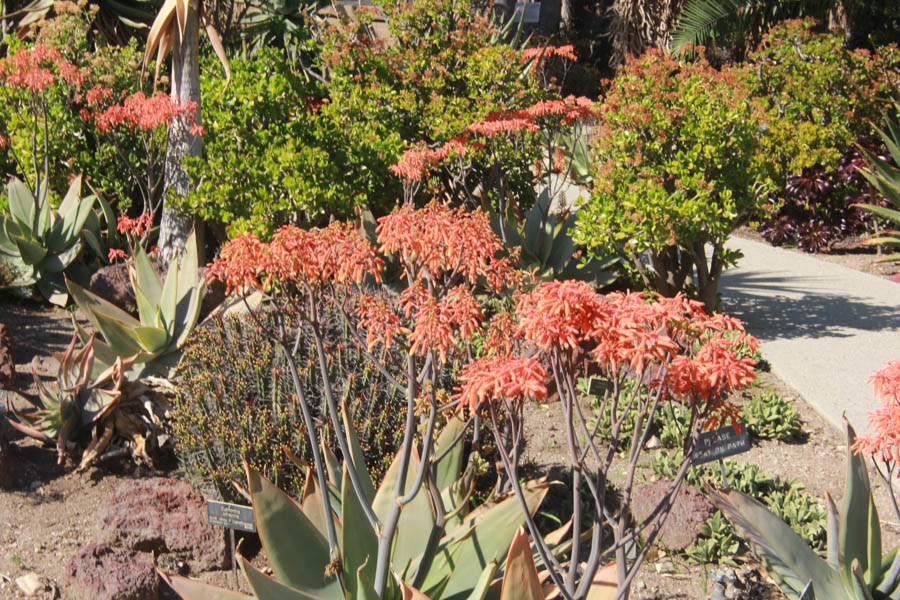
The bee's were quite busy today
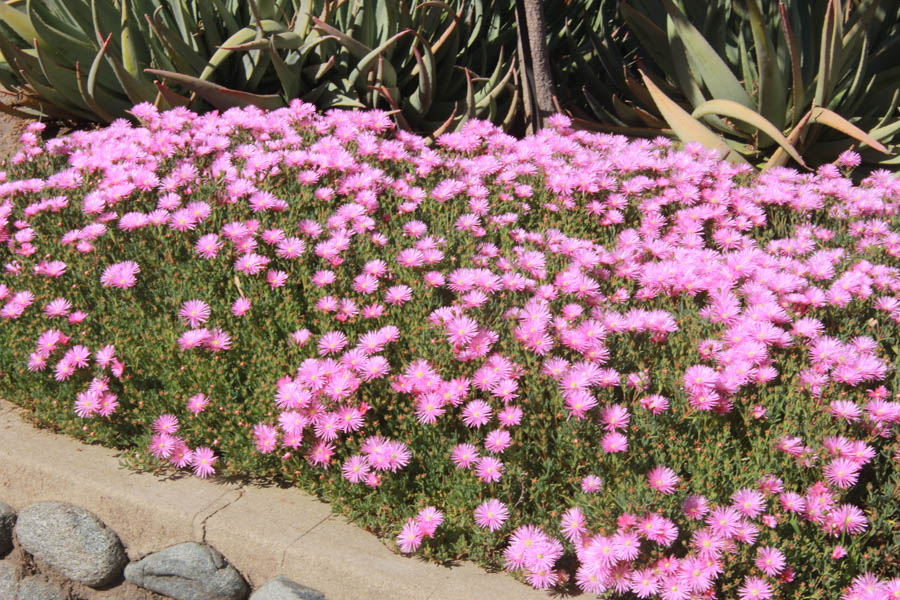
Turn around a more colors abound!

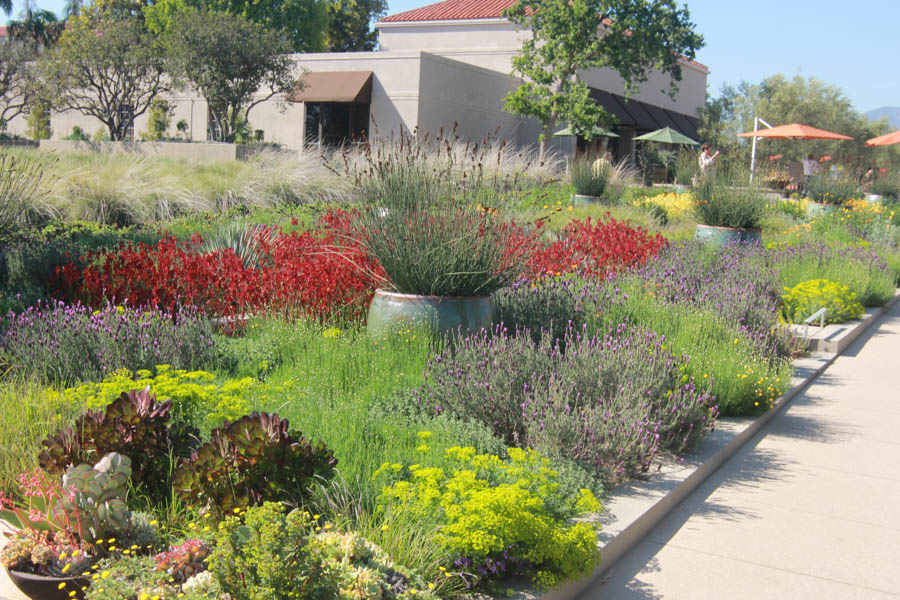
From whence we came!
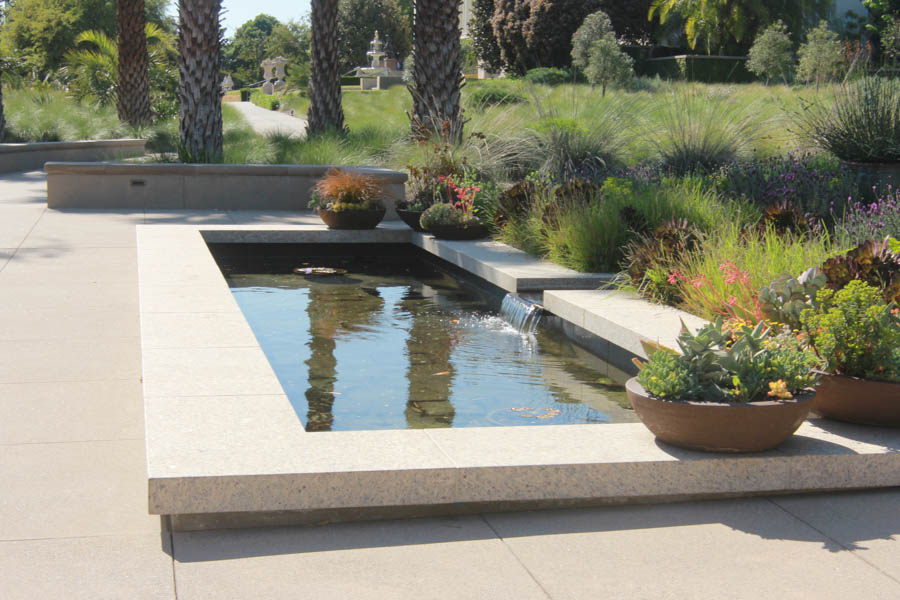
H2O... We made it out of the desert!
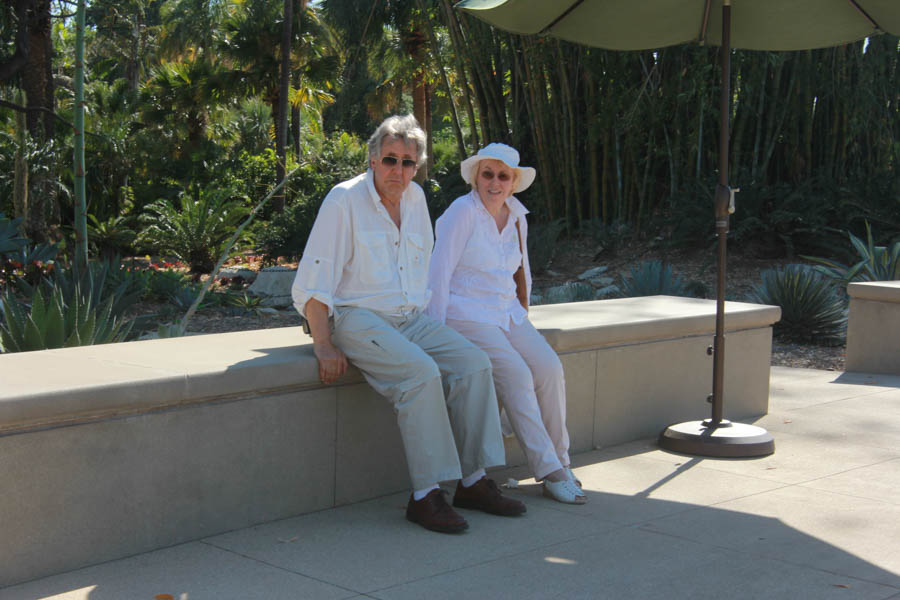
Time to rest!
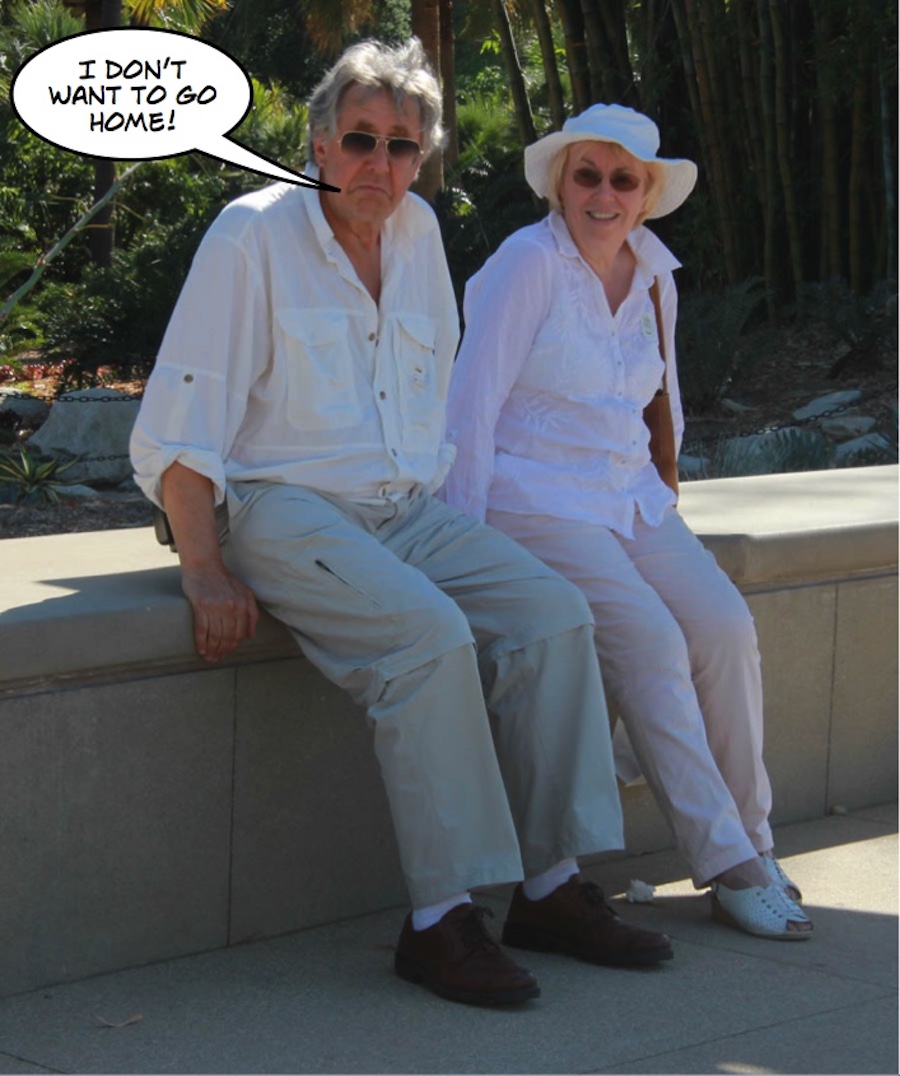
Brian wants to turn around and go back!
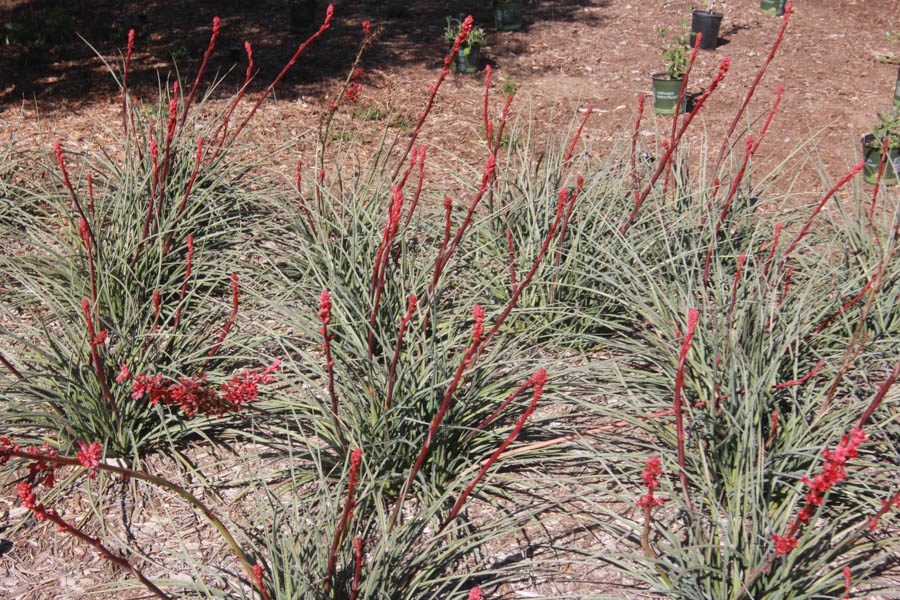
Still more to see walking to the car!
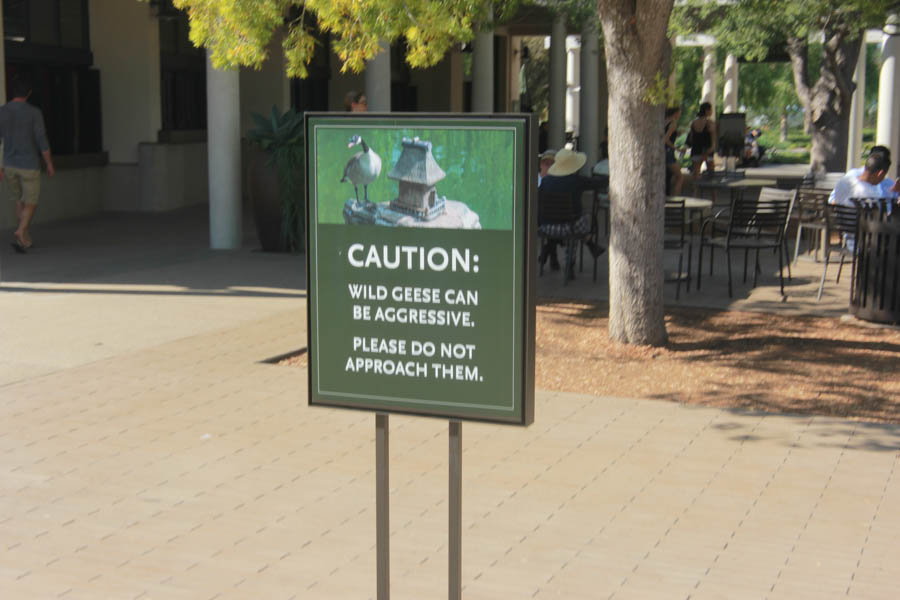
We showed the sign to Sue... She ignored it!
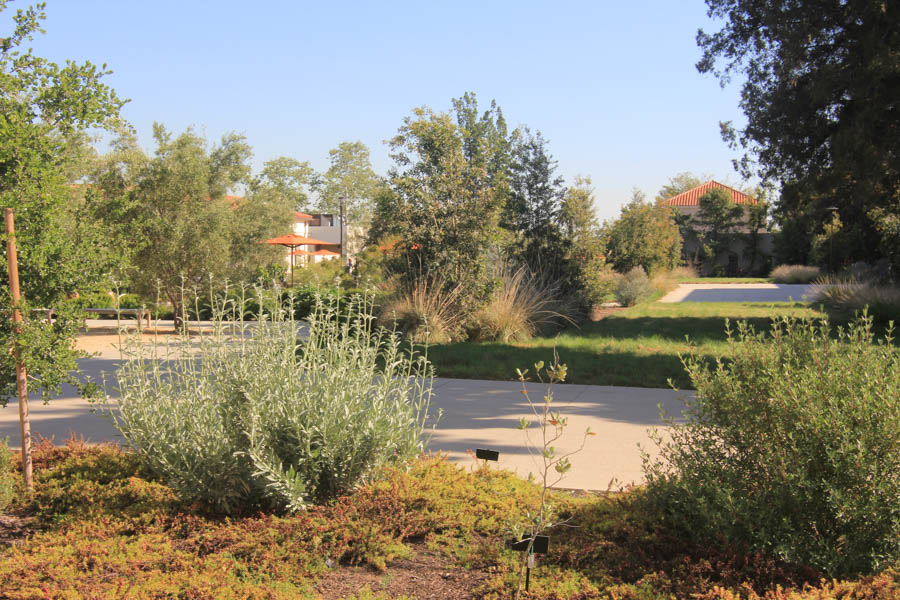
Time to depart

We are off to Old Ranch before going dancing!